Forums
- Forums
- Duggy's Reference Hangar
- Luftwaffe Library
- Junkers Ju 86
Junkers Ju 86
Post a reply
- Go to Previous topic
- Go to Next topic
- Go to Welcome
- Go to Introduce Yourself
- Go to General Discussion
- Go to Screenshots, Images and Videos
- Go to Off topic
- Go to Works in Progress
- Go to Skinning Tips / Tutorials
- Go to Skin Requests
- Go to IJAAF Library
- Go to Luftwaffe Library
- Go to RAF Library
- Go to USAAF / USN Library
- Go to Misc Library
- Go to The Ops Room
- Go to Made in Germany
- Go to Campaigns and Missions
- Go to Works in Progress
- Go to Juri's Air-Raid Shelter
- Go to Campaigns and Missions
- Go to Works in Progress
- Go to Skinpacks
- Go to External Projects Discussion
- Go to Books & Resources
-
6 years agoSun Jan 07 2024, 02:47pmDuggy
 Main AdminDesign and development
Main AdminDesign and development
In 1934, a specification for a modern twin-engined aircraft, capable of operating both as a high speed airliner for the German airline Luft Hansa and as a medium bomber for the nascent Luftwaffe, was issued to both Junkers and Heinkel. Five prototypes were ordered from each company; the Junkers Ju 86 and Heinkel He 111. Junkers' design was a low-winged twin engined monoplane, of all-metal stressed skin construction. Unlike most of Junkers' previous designs, it discarded the typical corrugated skinning in favour of smooth metal skinning which helped to reduce drag. The craft was fitted with a narrow track retractable-main gear conventional undercarriage with a fixed tailwheel, and twin fins and rudders. It was intended to be powered by Junkers Jumo 205 diesel engines, which although heavy, gave better fuel consumption than conventional petrol engines.
The distinctive Junkers-utilized doppelfl?gel control surfaces on the Ju 86's wing, much as the Ju 52 always used, were hinged below the wing's trailing edge, with the outboard section on each side functioning as an aileron, and the inner section functioning as a wing flap. The bomber aircraft had a crew of four; a pilot, navigator, radio operator/bombardier and gunner. Defensive armament consisted of three machine guns, situated at the nose; at a dorsal position; and within a retractable ventral position. Bombs were carried vertically in four fuselage cells behind the cockpit. The airliner version replaced the bomb cells with seating for ten passengers, with fuel tanks being moved from the fuselage to the wings.
The first prototype Ju 86, the Ju 86ab1 in bomber configuration, fitted with Siemens SAM 22 radial engines as airworthy Jumo 205s were unavailable, flew on 4 November 1934, with the second prototype, also a bomber, flying in January 1935. The third Ju 86, the first civil prototype, flew on 4 April 1935. Production of pre-series military and civil aircraft started in late 1935, with full production of the Ju 86A-1 bomber commencing in April 1936. Production quickly switched to the improved Ju 86D with a modified tail cone to improve stability.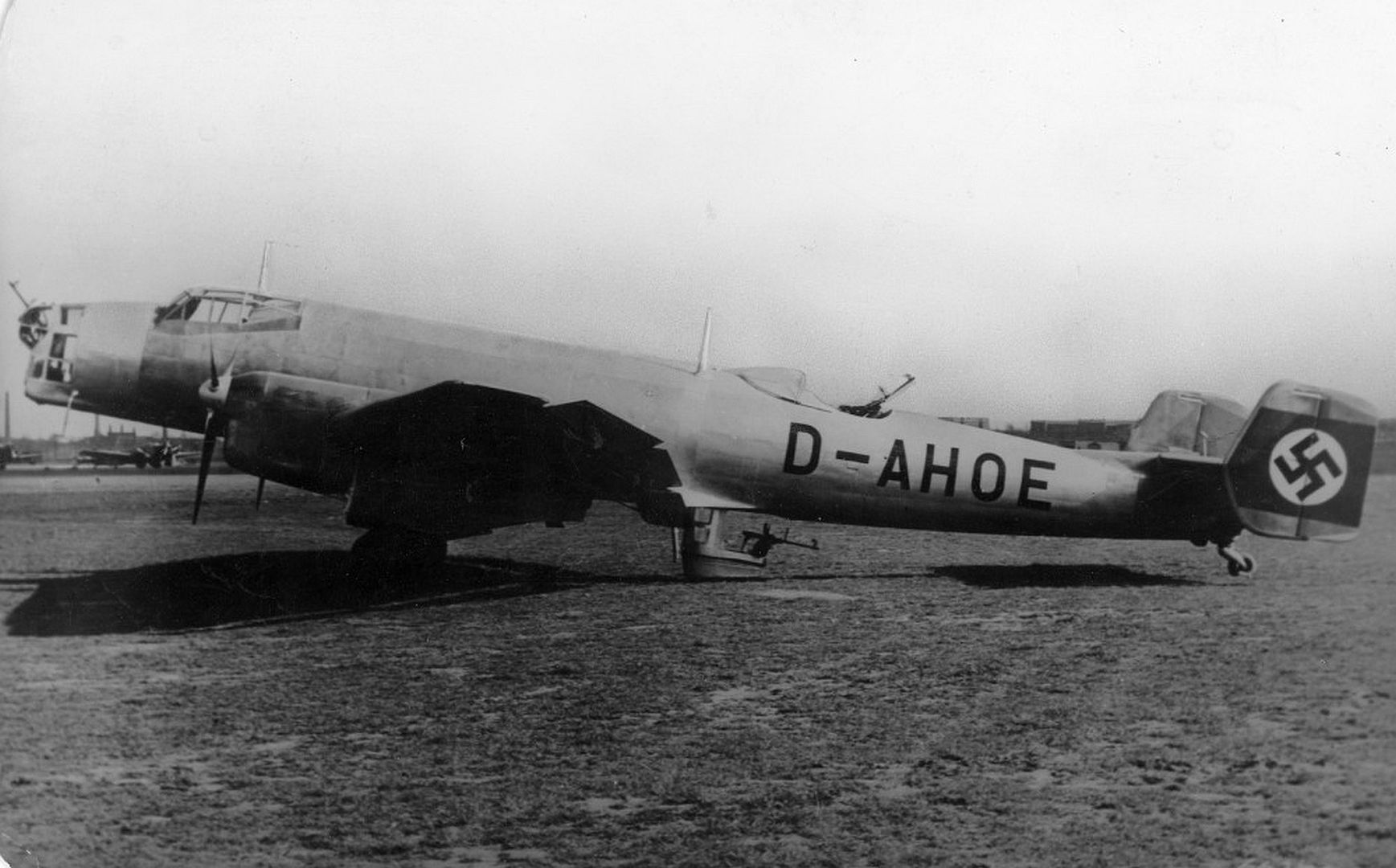
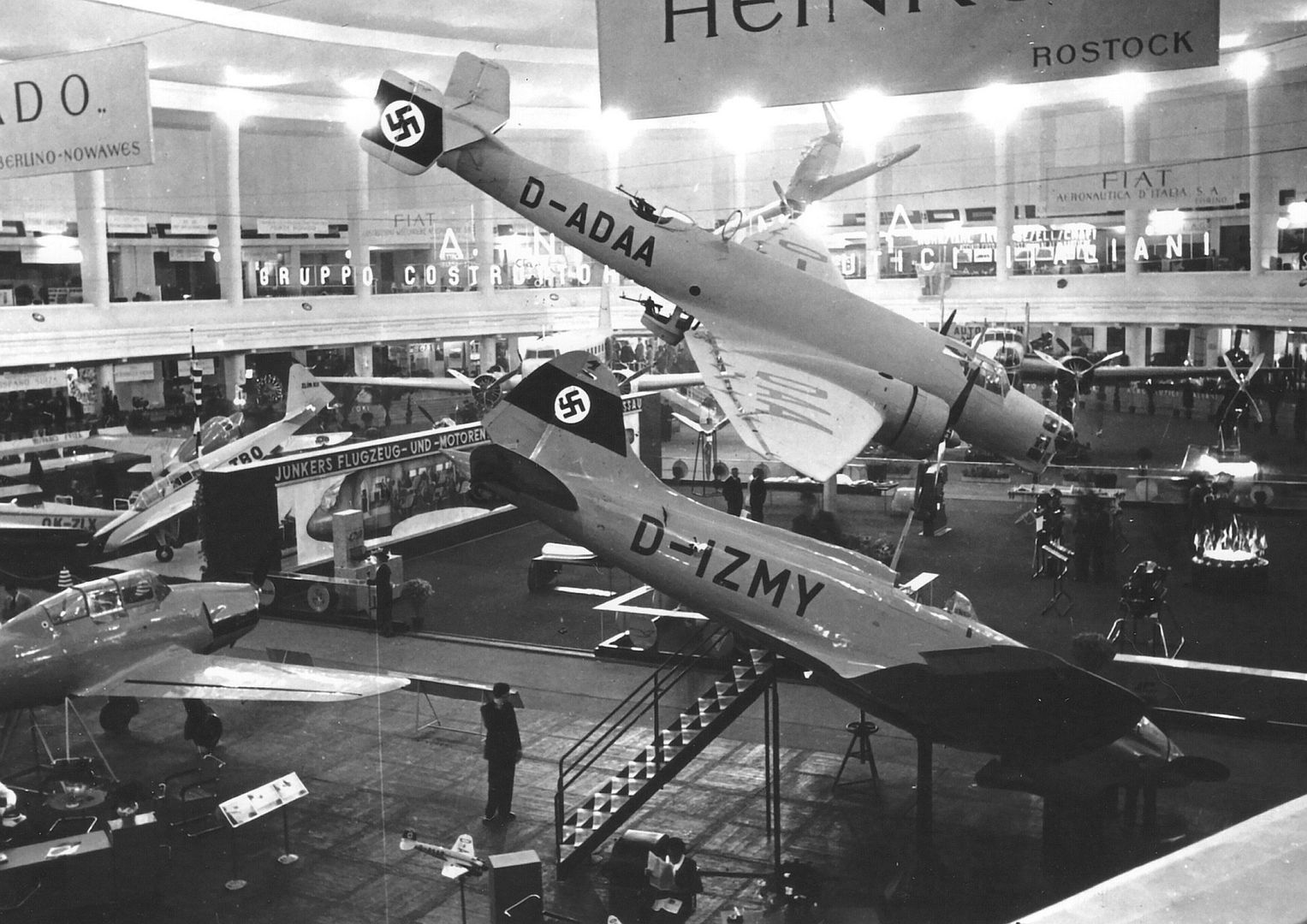
Early use of the Jumo-powered Ju 86 bomber in the Spanish Civil War showed that it was inferior to the He 111, with the diesel engines being unsuitable for rough treatment during combat; and production plans were cut back. One Ju 86 had already been converted to use radial engines as a testbed for possible export versions, and this showed much improved reliability. Production switched to a version powered by the BMW 132 engine, the Ju 86E, production continuing until 1938.
Civil variants, introduced in 1936, were designated Ju 86Z of three different models. The Jumo-engined Ju 86Z-1 (corresponding to the former B-0 or C-1) was sold to Swissair (one), Airlines of Australia (one), and LAN-Chile (three); the BMW 132H-powered Ju 86Z-2 was sold to DLH (two) and the para-military Manchukuo Air Transport (five or more). The Pratt & Whitney R-1690 Hornet-engined Z-7, delivered to AB Aerotransport (ABA) of Sweden (one, for use as a mail carrier), Lloyd A?reo Boliviano (three), and South African Airways - SAA - (17). The ABA aircraft was later transferred to the Swedish Air Force, with which it served, under the designation Tp 9, until 1958. South African Airways' original intention was to have its Ju 86s powered by 745 hp Rolls-Royce Kestrels. Six aircraft for SAA, flown with these engines, were refitted with Hornets before delivery, and the remainder were also Hornet-powered.
The Ju 86K was an export model, also built under license in Sweden by Saab as the B 3 with (905 hp) Bristol Mercury XIX radial engines. Several aircraft remained in service with the Swedish Air Force until 1958. A few were converted to SIGINT platforms.
Operational history
The bomber was field tested in the Spanish Civil War, where it proved inferior to the Heinkel He 111. Four Ju 86D-1s arrived in Spain in early February 1937, but after a few sorties one of them was shot down on 23 February by Republican fighters with the loss of three crewmen killed and one captured. A replacement aircraft was sent from Germany, but in the summer of 1937 another was lost in an accident, and the three remaining aircraft were sold to the Nationalist air forces. Ju 86s were again used in the 1939 invasion of Poland, but retired soon after. In January 1940, the Luftwaffe tested the prototype Ju 86P with a longer wingspan, pressurized cabin, Junkers Jumo 207A-1 turbocharged two-stroke, opposed-piston diesel engines and a two-man crew. The Ju 86P could fly at heights of 12,000 m (39,000 ft) and higher on occasion, where it was felt to be safe from enemy fighters. The British Westland Welkin and Soviet Yakovlev Yak-9PD were developed specifically to counter this threat.
At the outbreak of the Second World War, South Africa's Ju 86Zs were militarised and armed as bombers with defensive guns and external bomb racks. The aircraft were initially used for coastal patrols along with the sole Ju 86K-1, playing an important role in the interception of the German blockade runner SS Watussi in December 1939. In May 1940, they were used to re-equip No. 12 Squadron SAAF, which was deployed in the East African Campaign from June 1940. It flew its first bombing missions on 14 June 1940. As more modern aircraft became available, the South African Ju 86s were passed from squadron to squadron, seeing their last use with No. 22 Squadron SAAF, which used it along with the Avro Anson in the coastal reconnaissance role, finally retiring its Ju 86s in September 1942.
Satisfied with the trials of the new Ju 86P prototype, the Luftwaffe ordered that some 40 older-model bombers be converted to Ju 86P-1 high-altitude bombers and Ju 86P-2 photo-reconnaissance aircraft. Those operated successfully for some years over Britain, the Soviet Union and North Africa. In August 1942, a modified Supermarine Spitfire V shot one down over Egypt at an altitude some 14,500 m (49,000 t); when two more were lost, Ju 86Ps were withdrawn from service in 1943.
Junkers developed the Ju 86R for the Luftwaffe, using larger wings and new engines capable of even higher altitudes - up to 16,000 m (52,500 ft) - but production was limited to prototypes.
Below Luftwaffe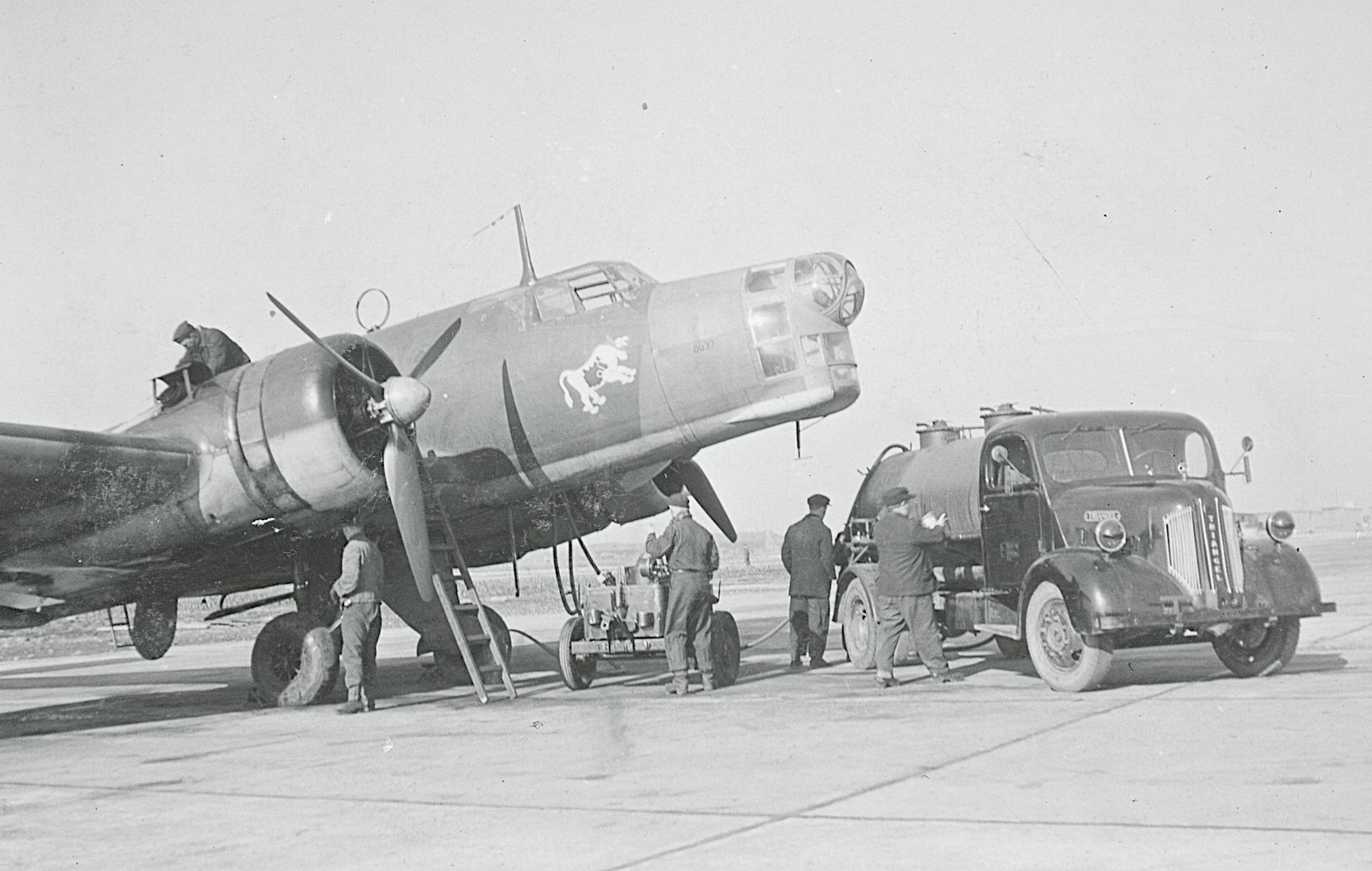
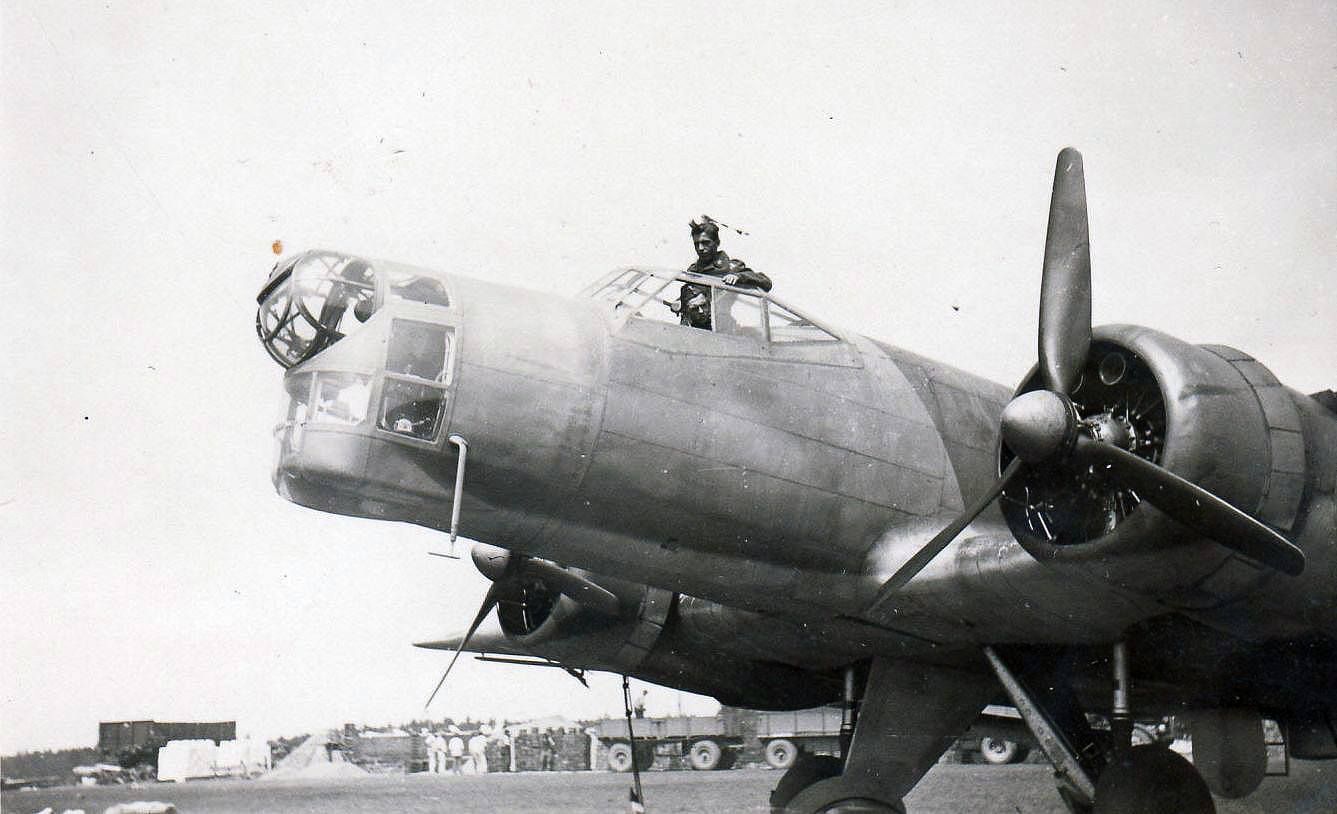
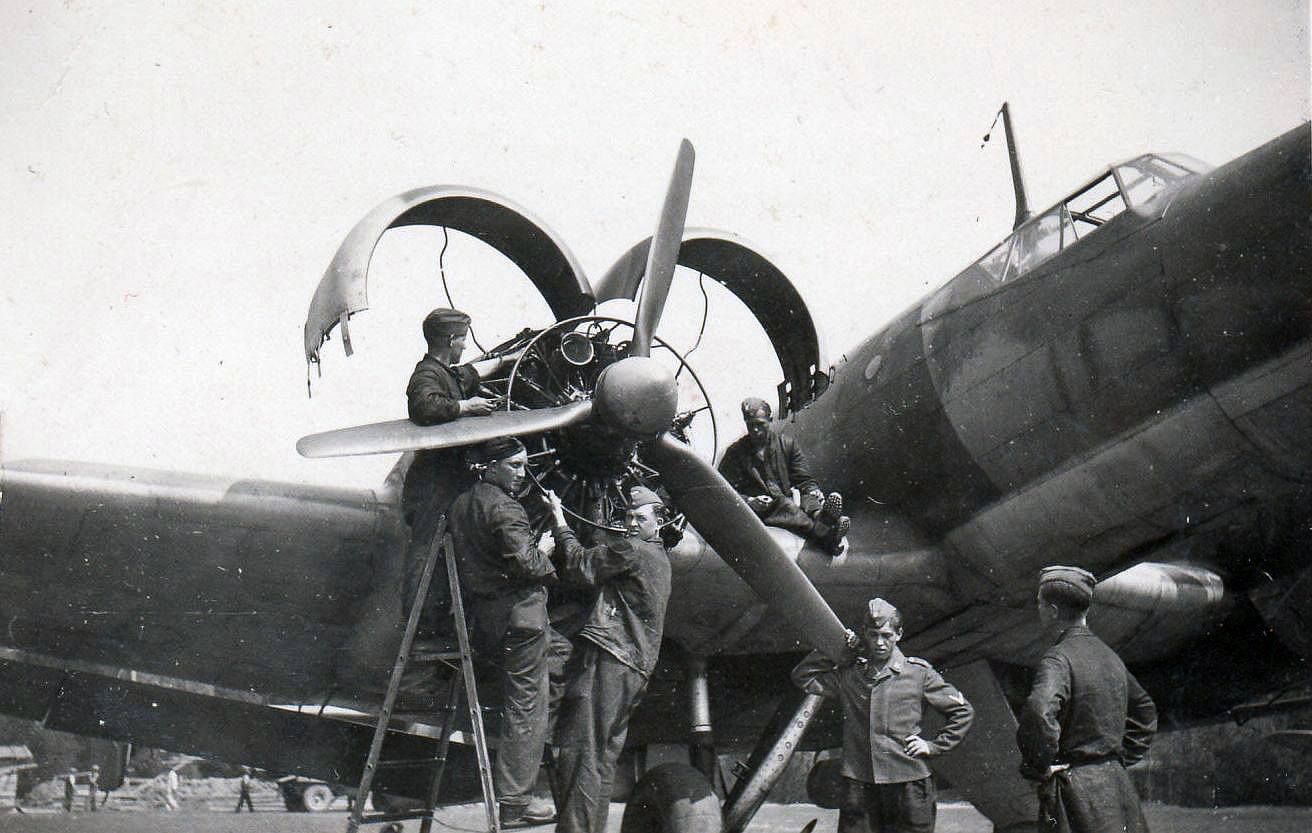

Below Royal Hungarian Air Force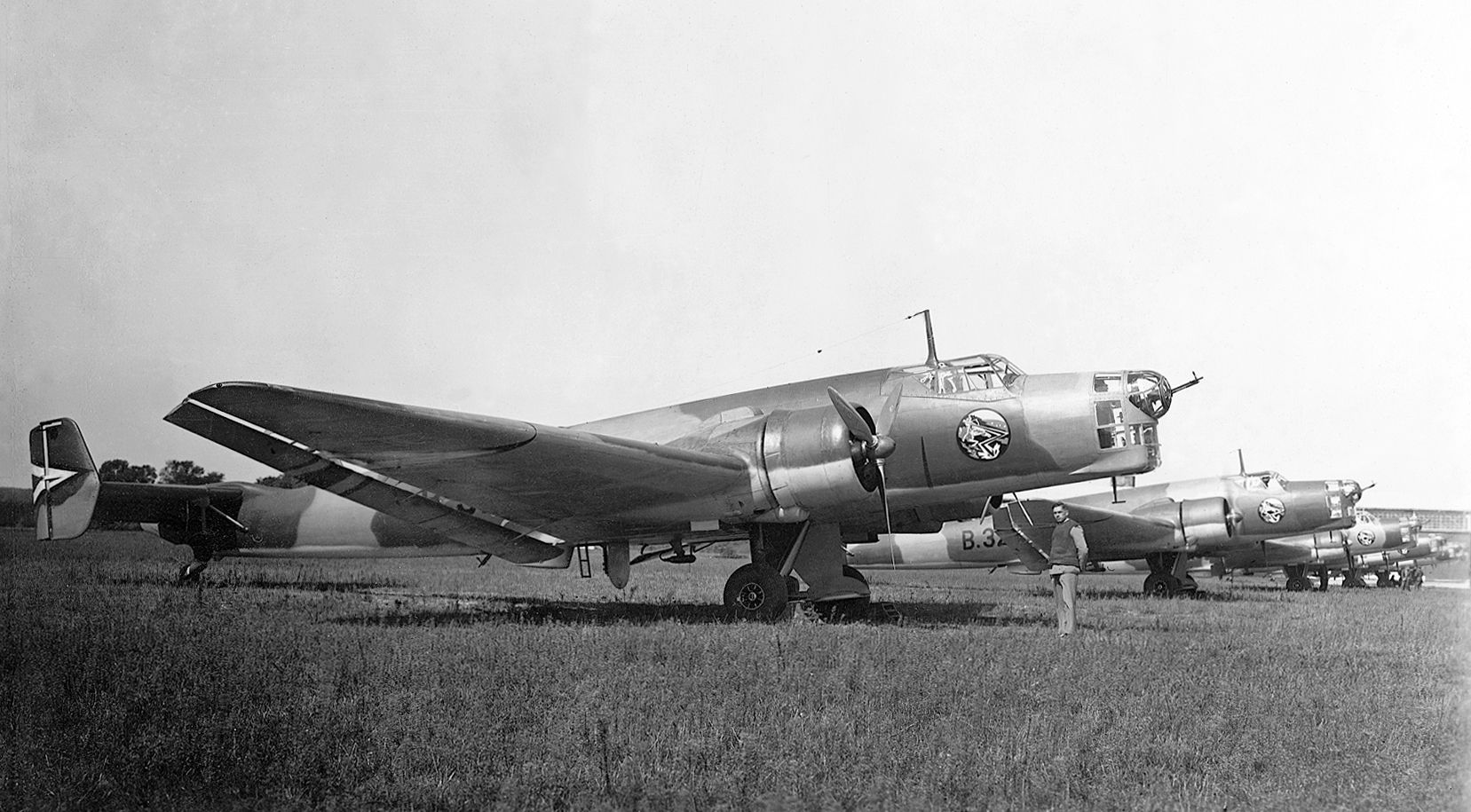
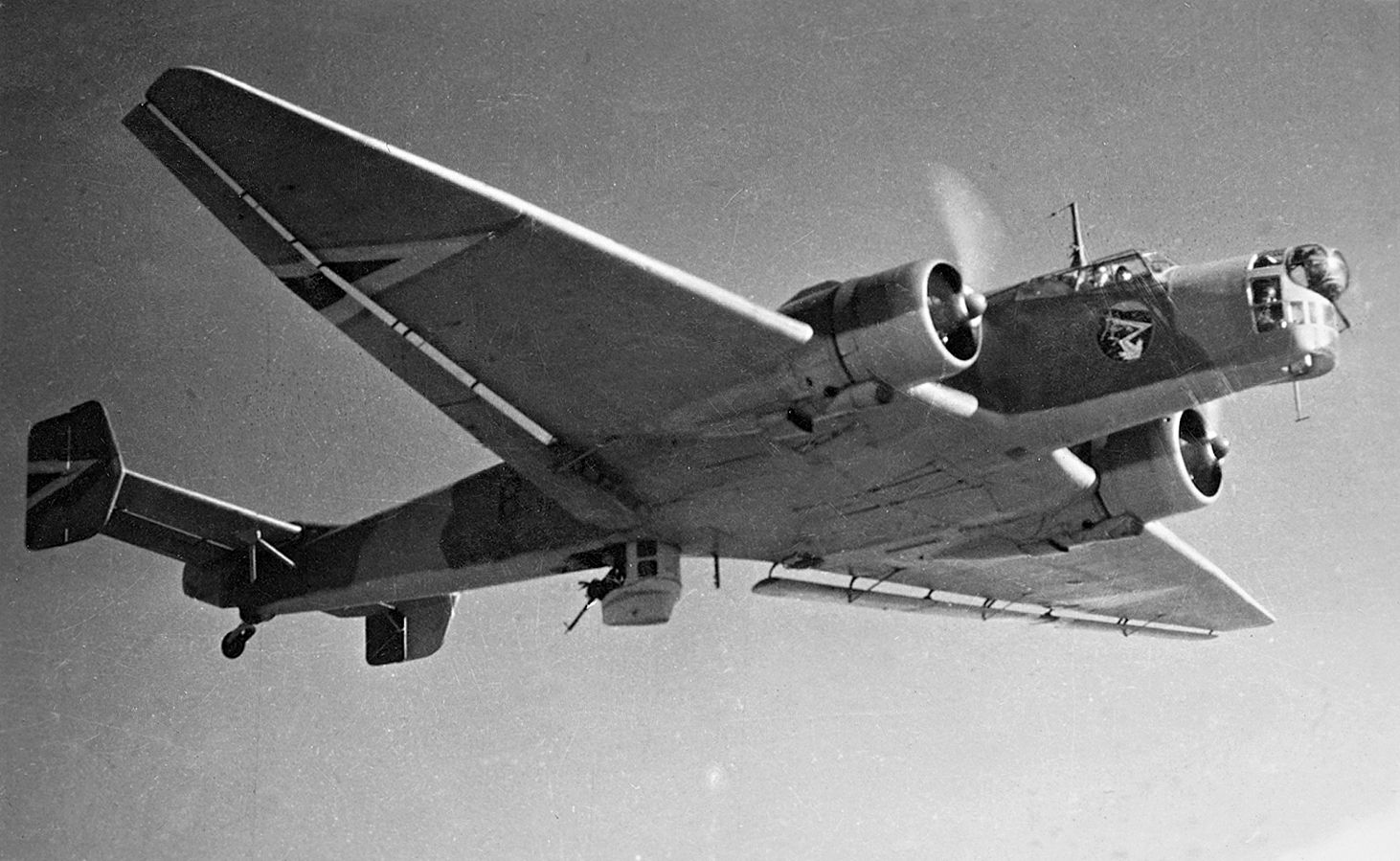
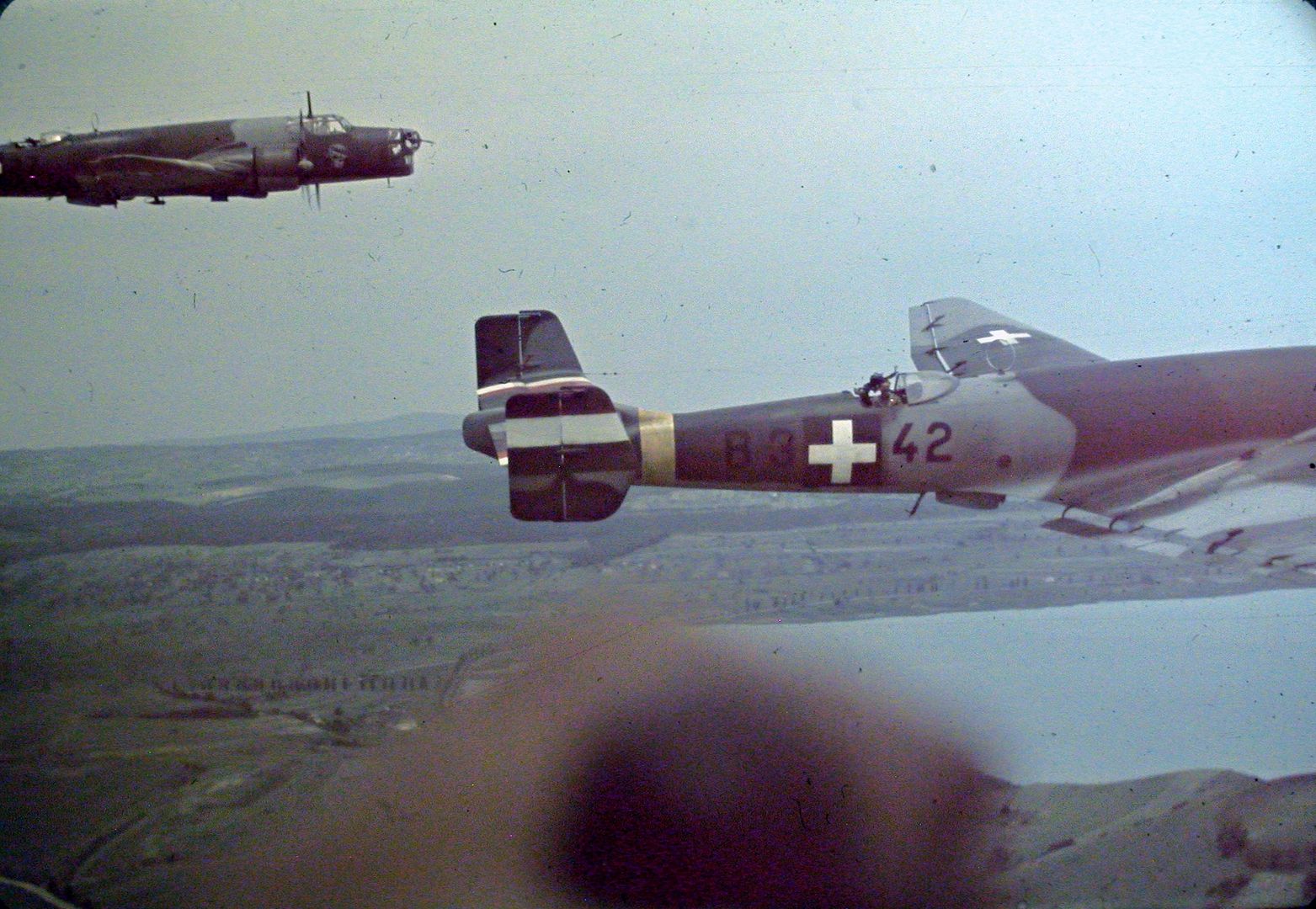
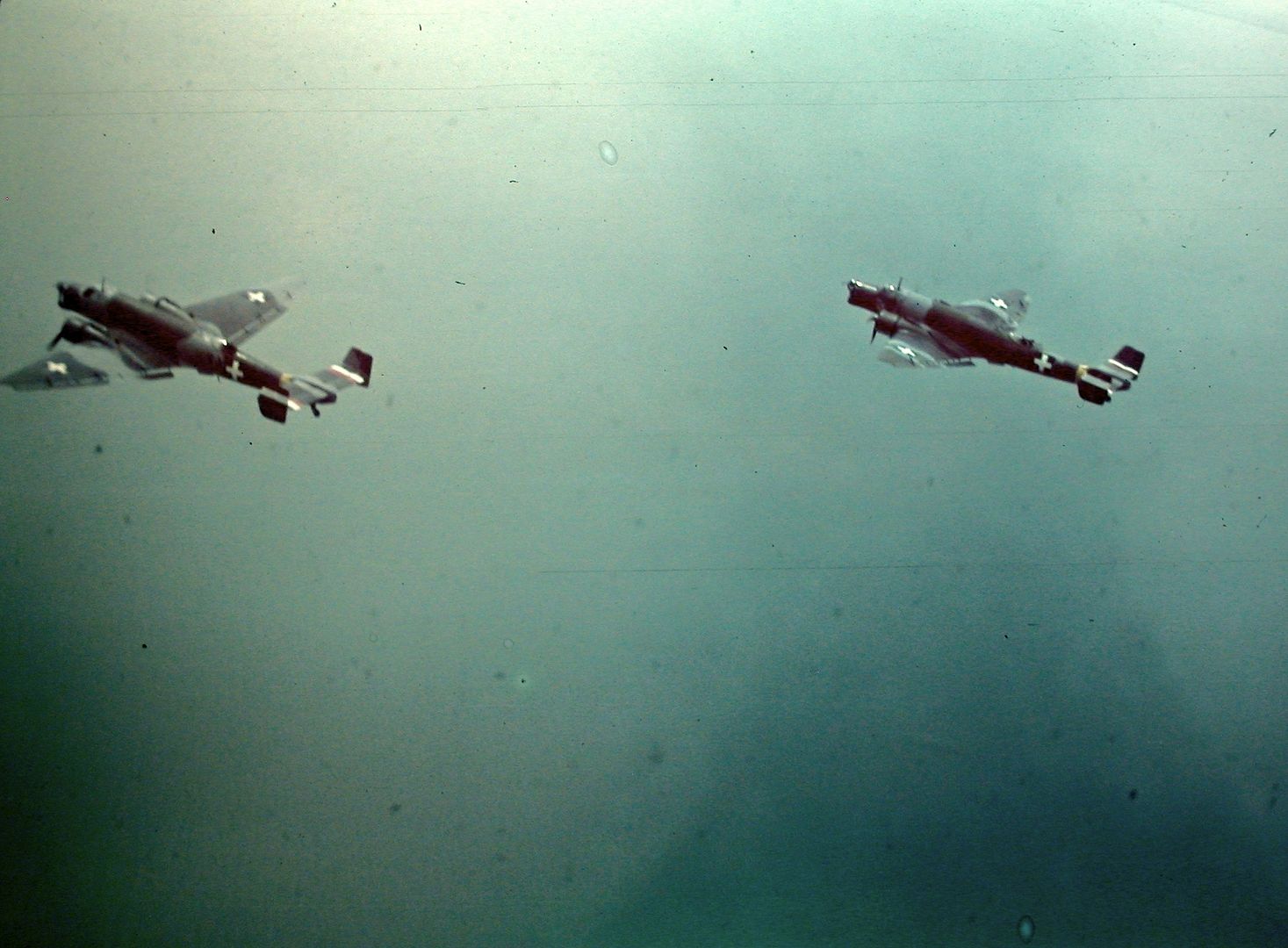
Below Swedish Air Force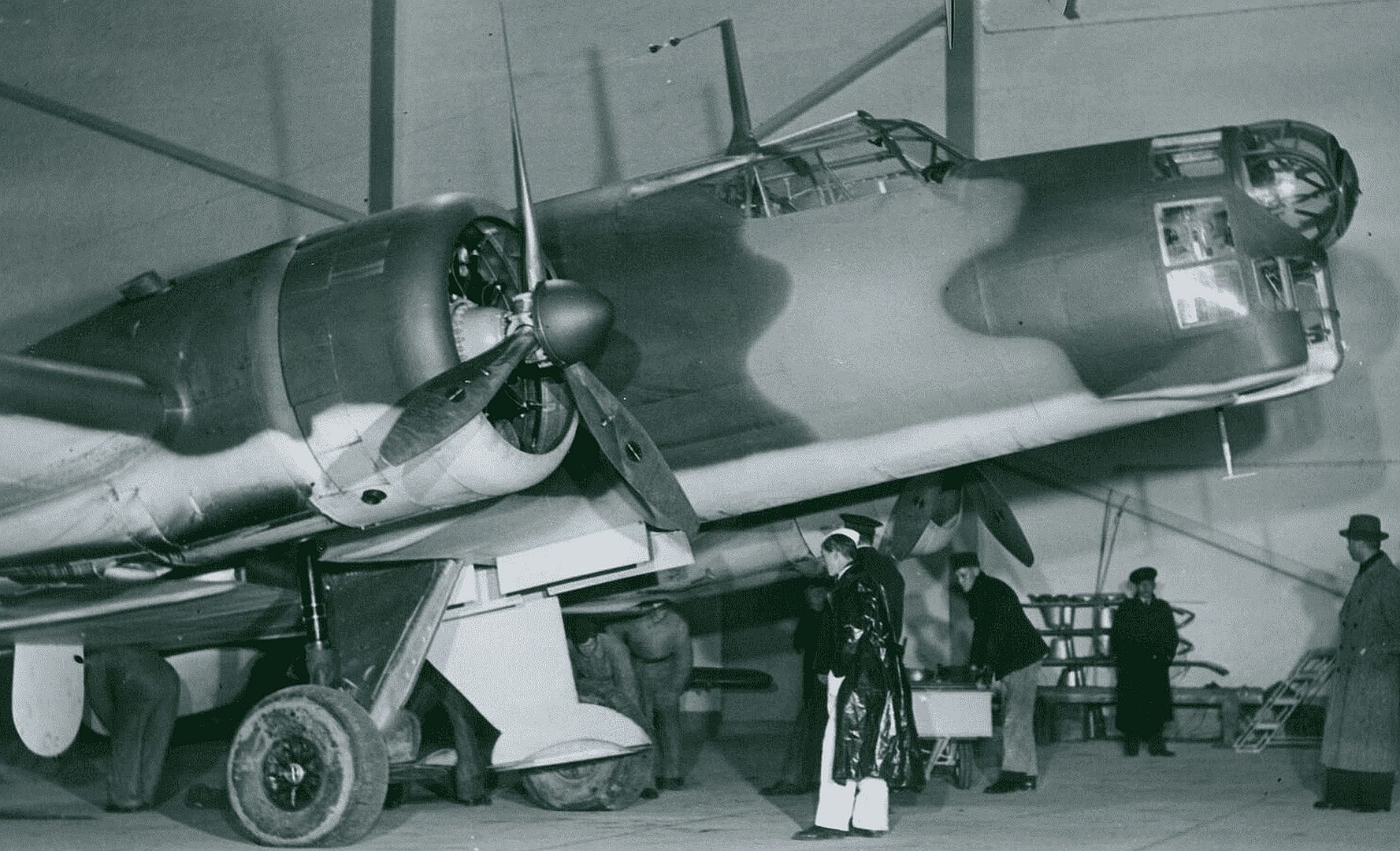
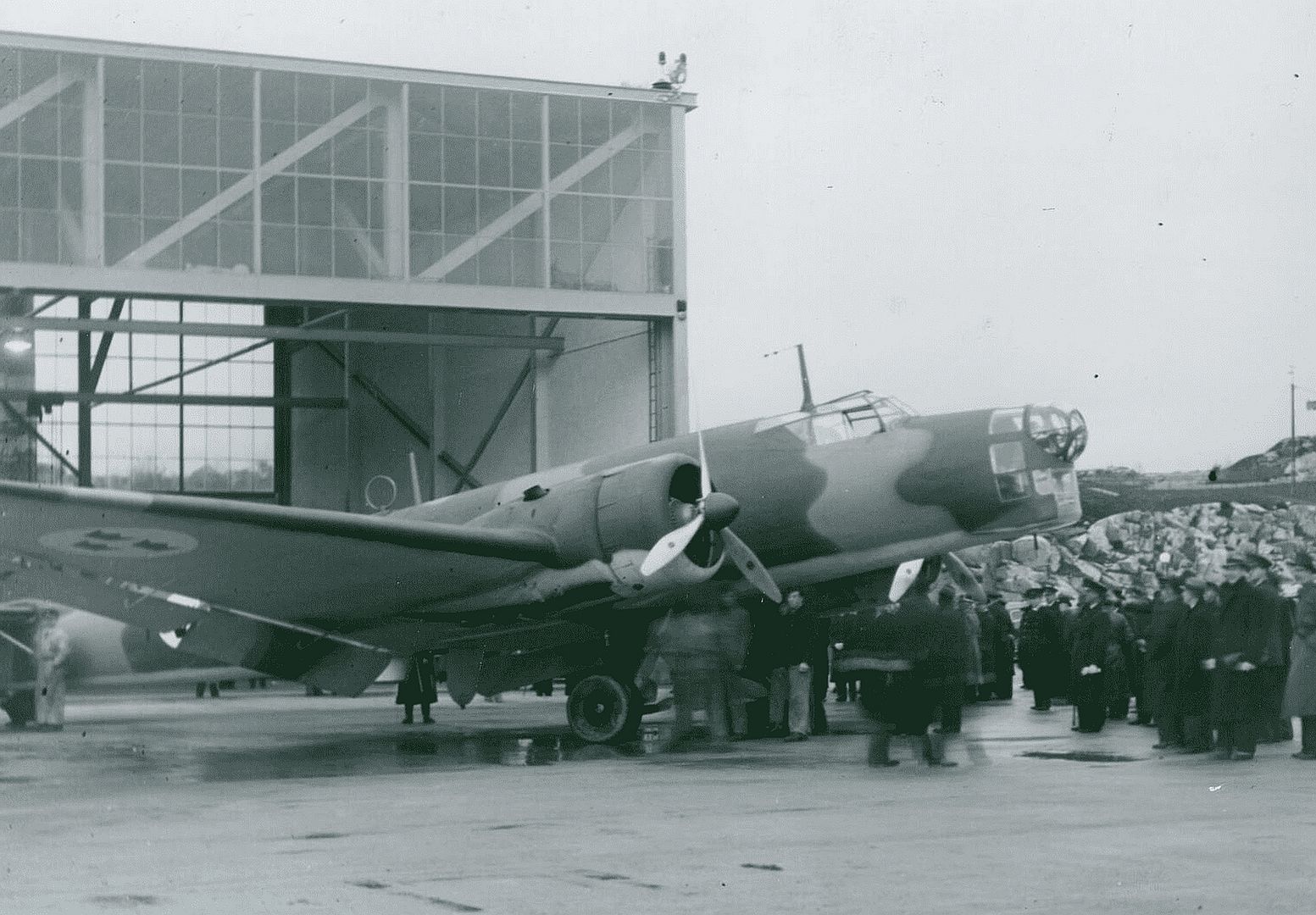
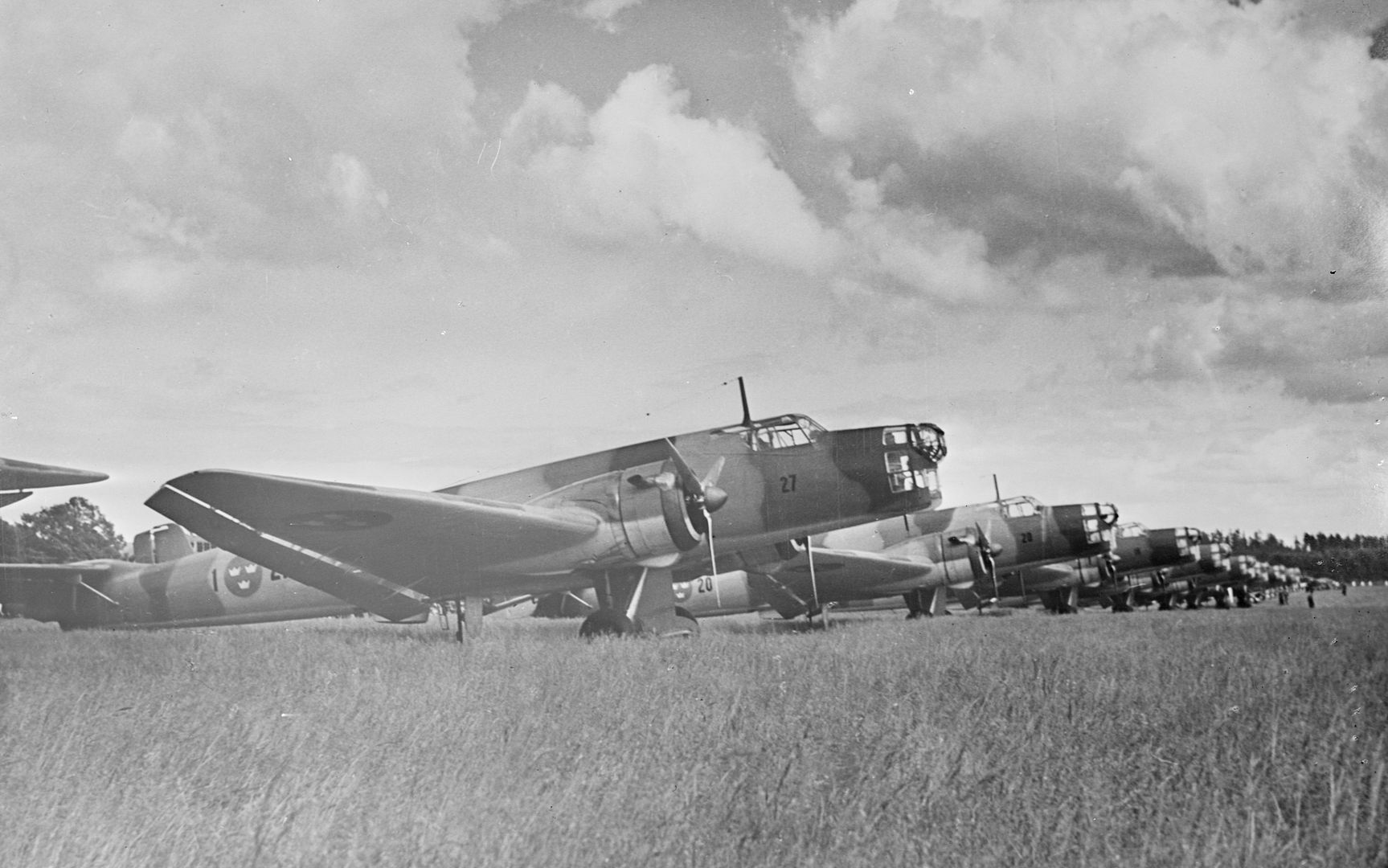
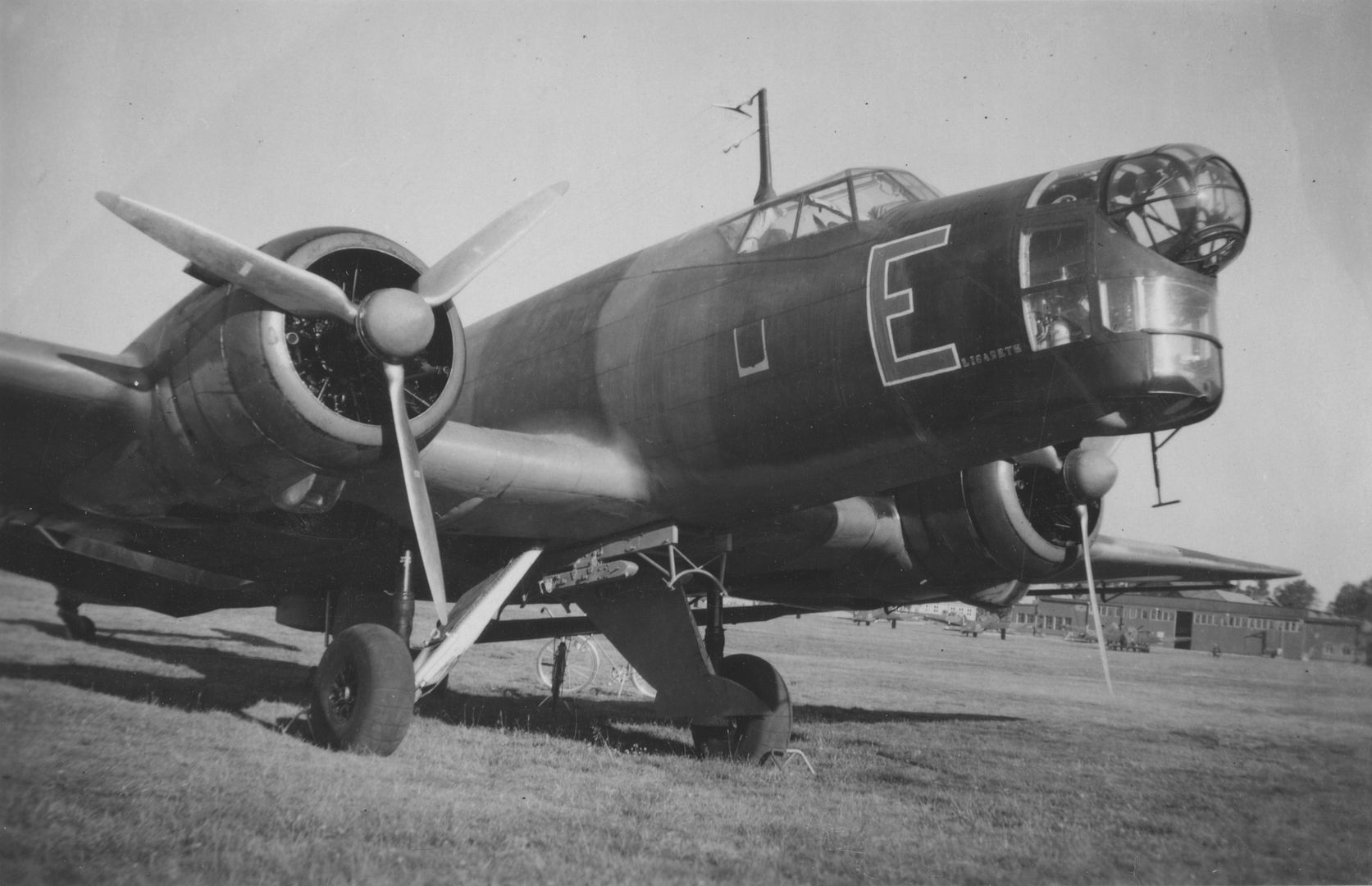
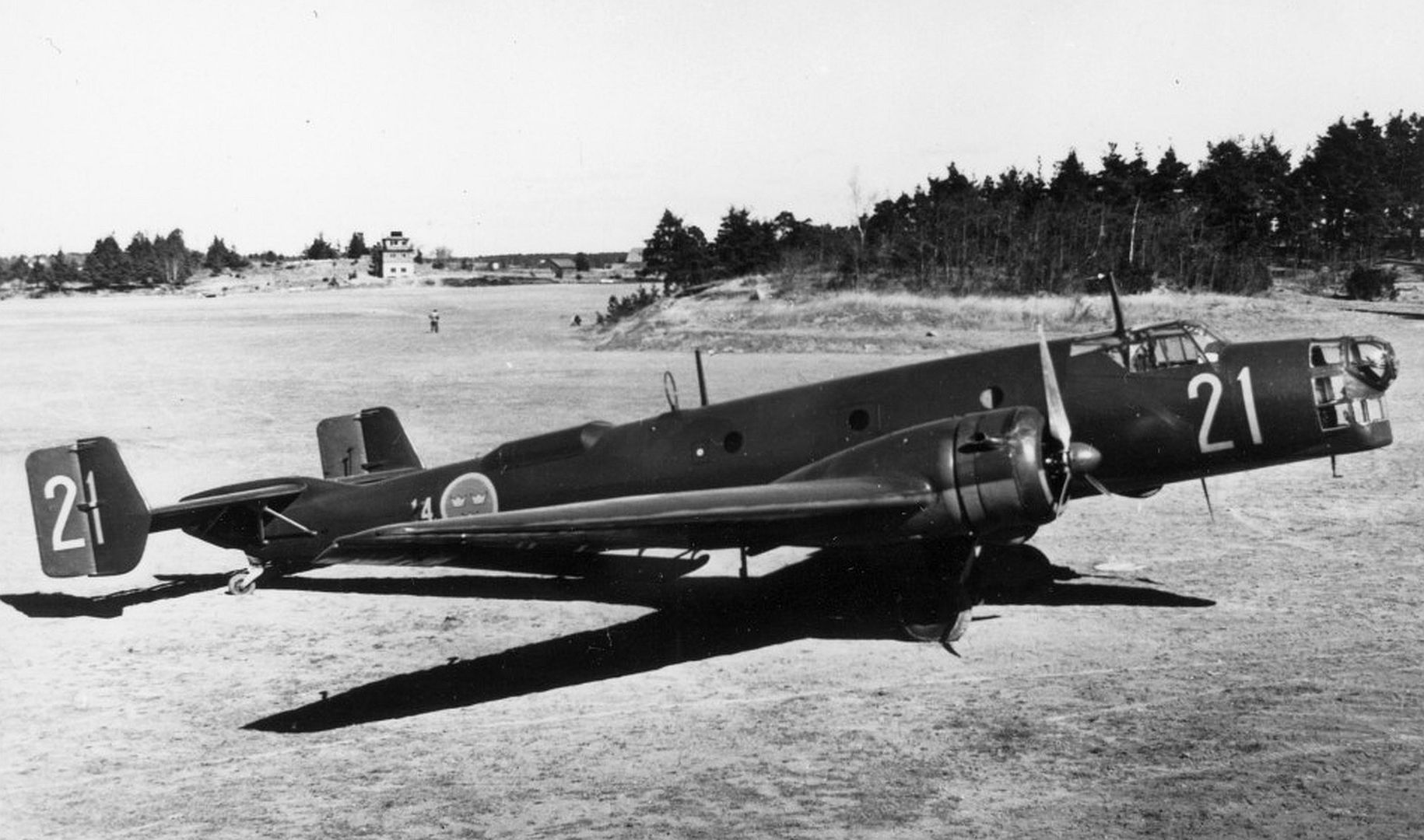
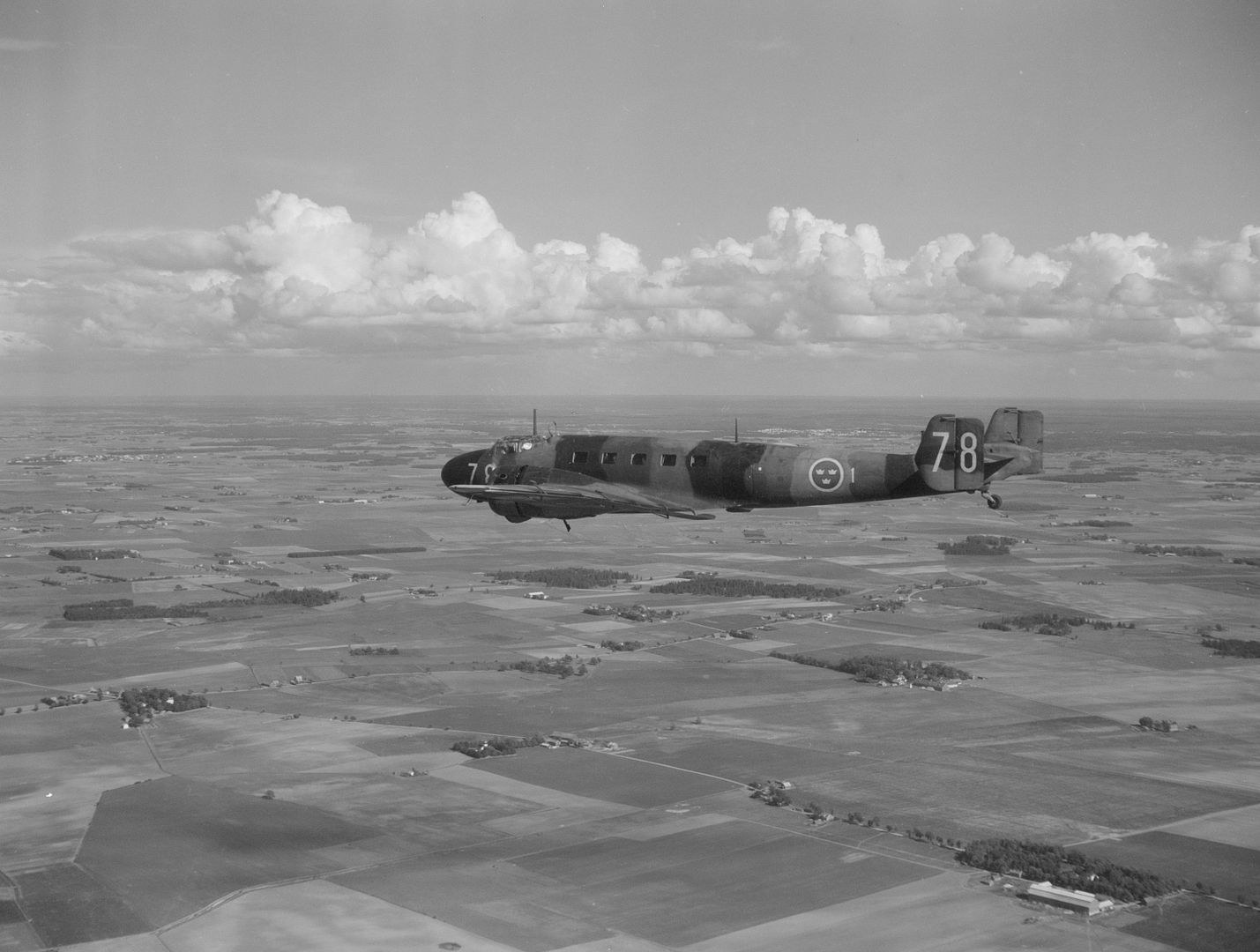
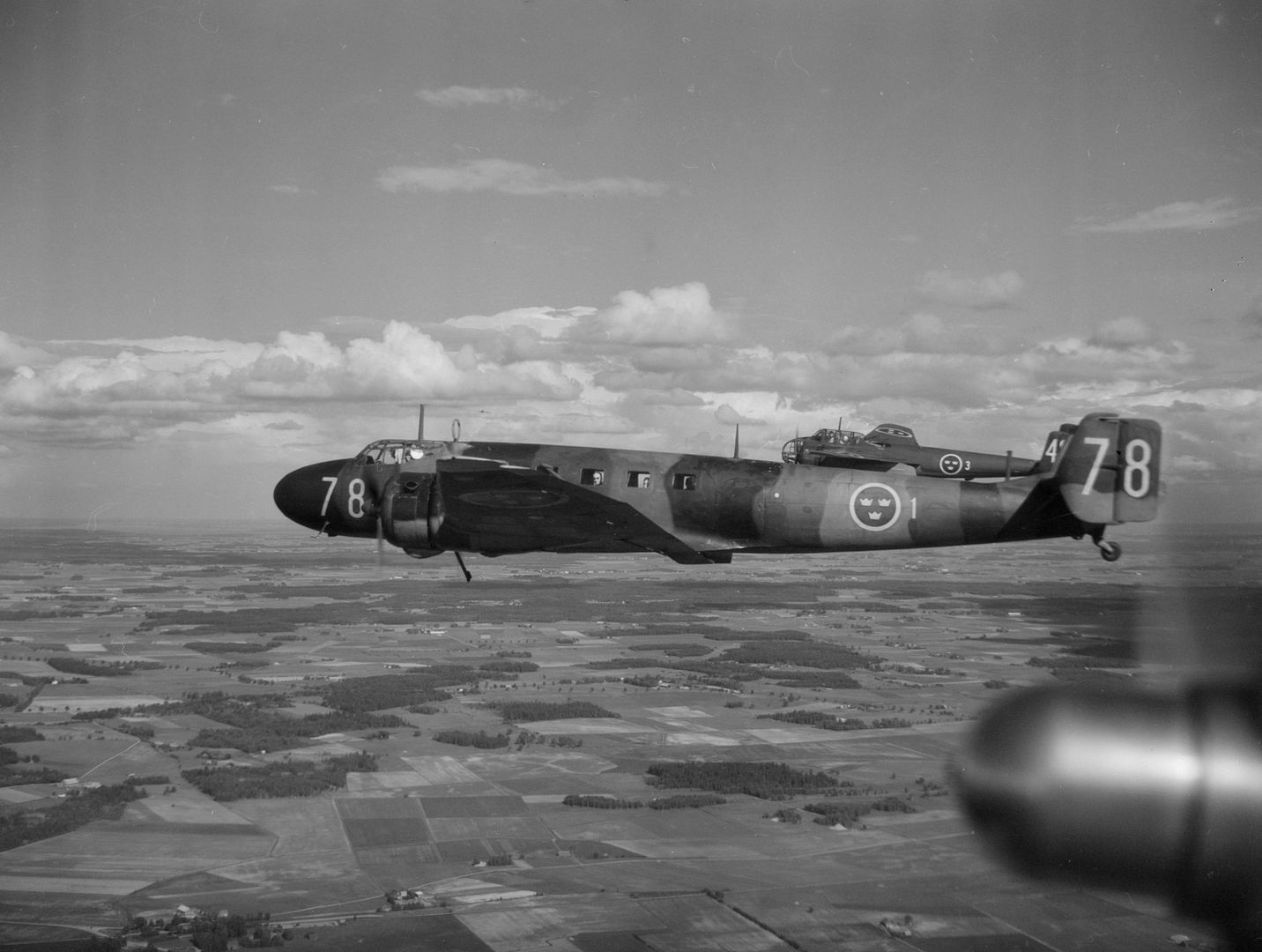
Below Manchukuo National Airways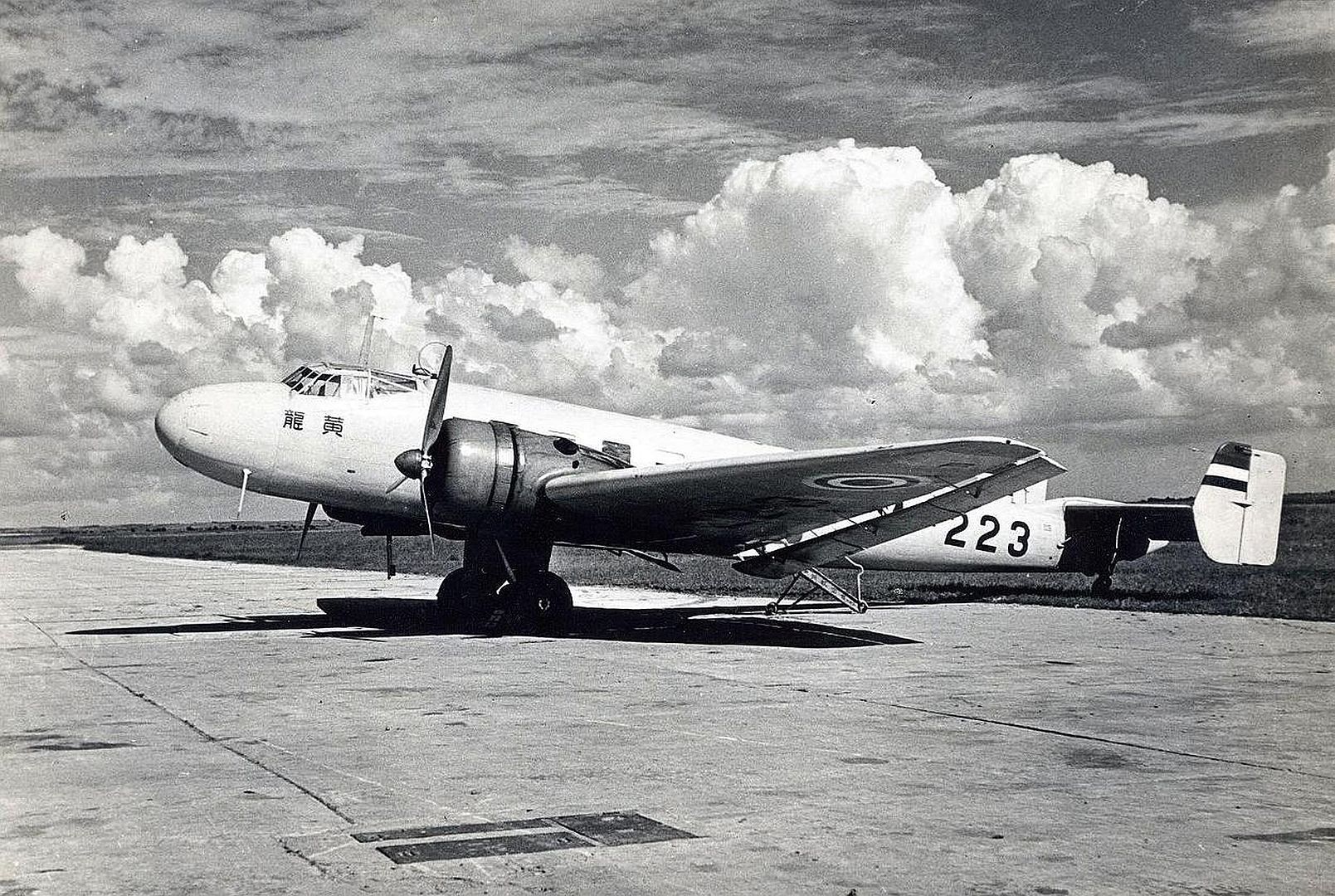
Below Swissair HB-IXE

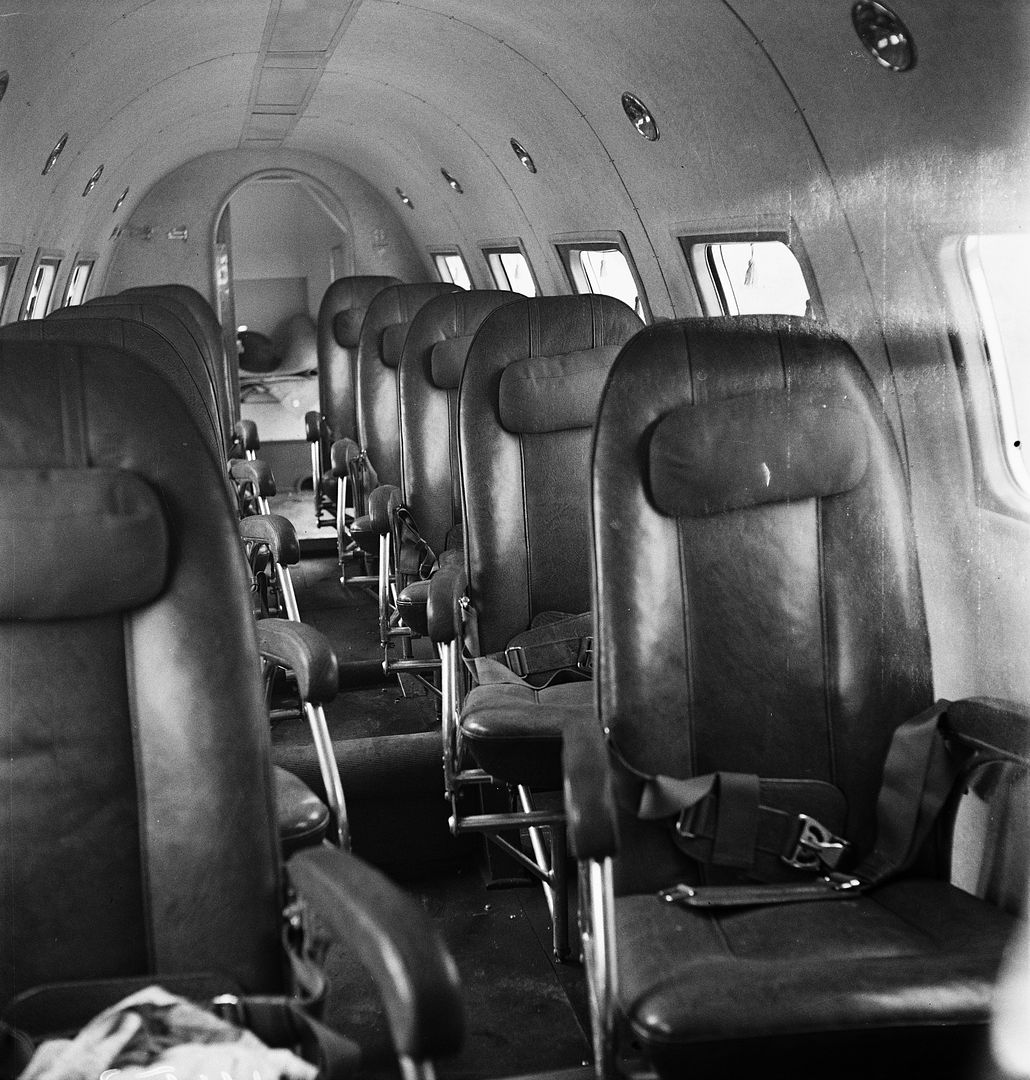
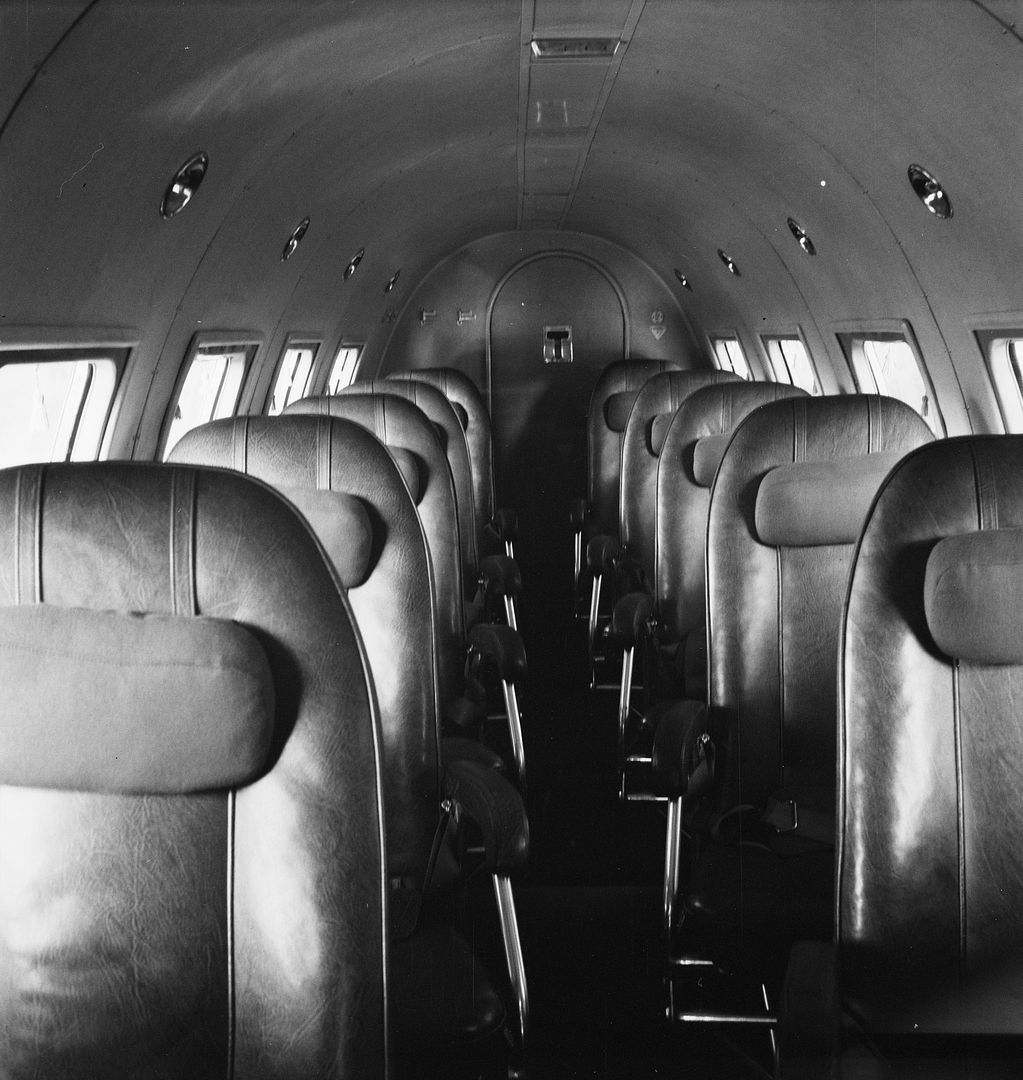

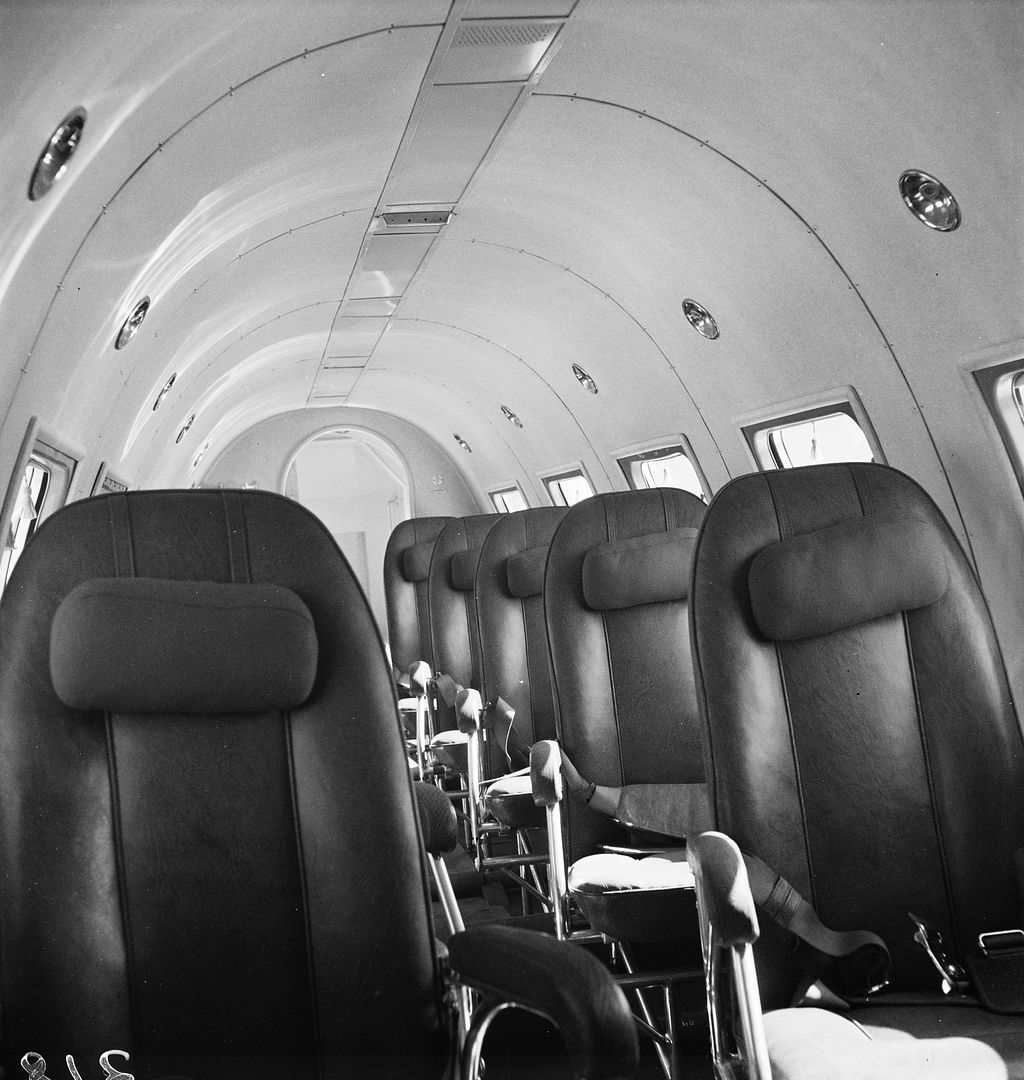
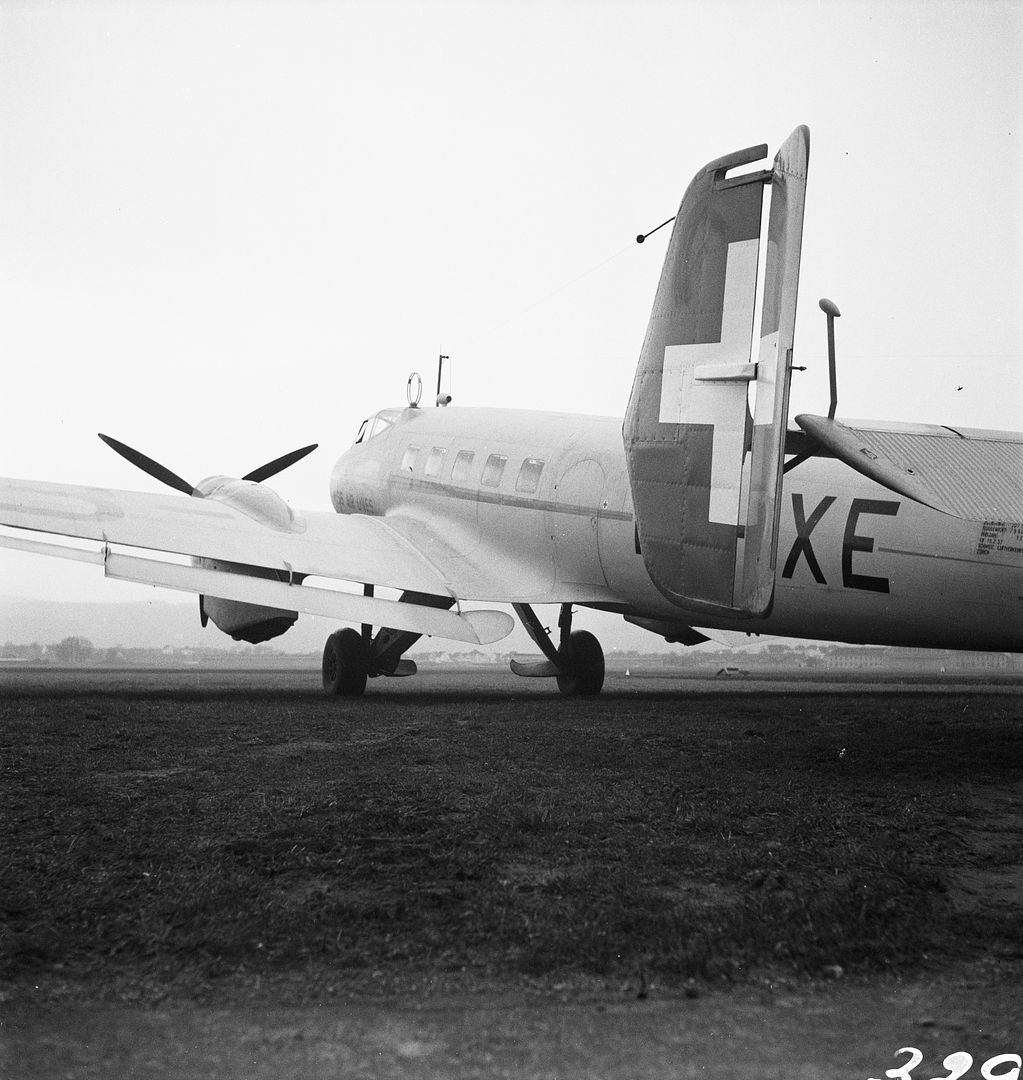
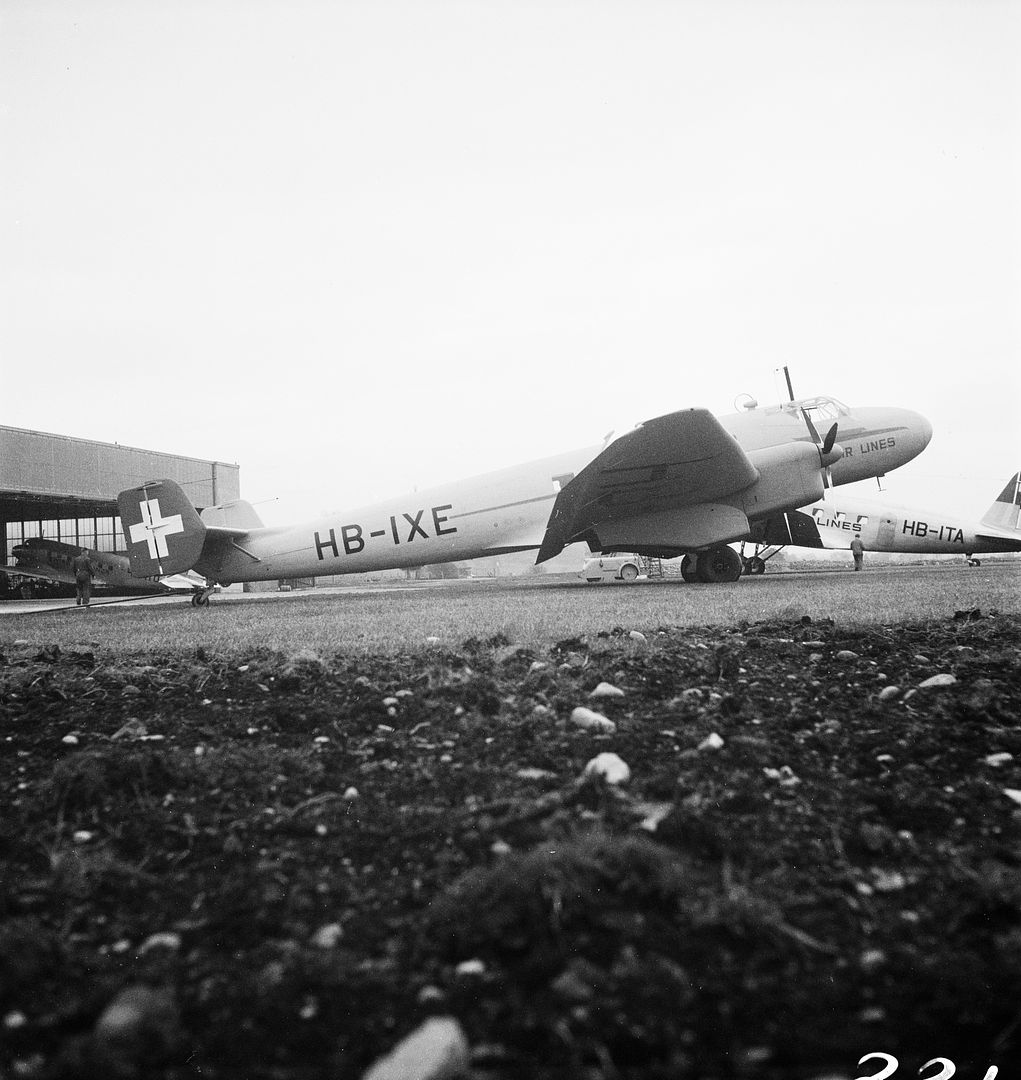
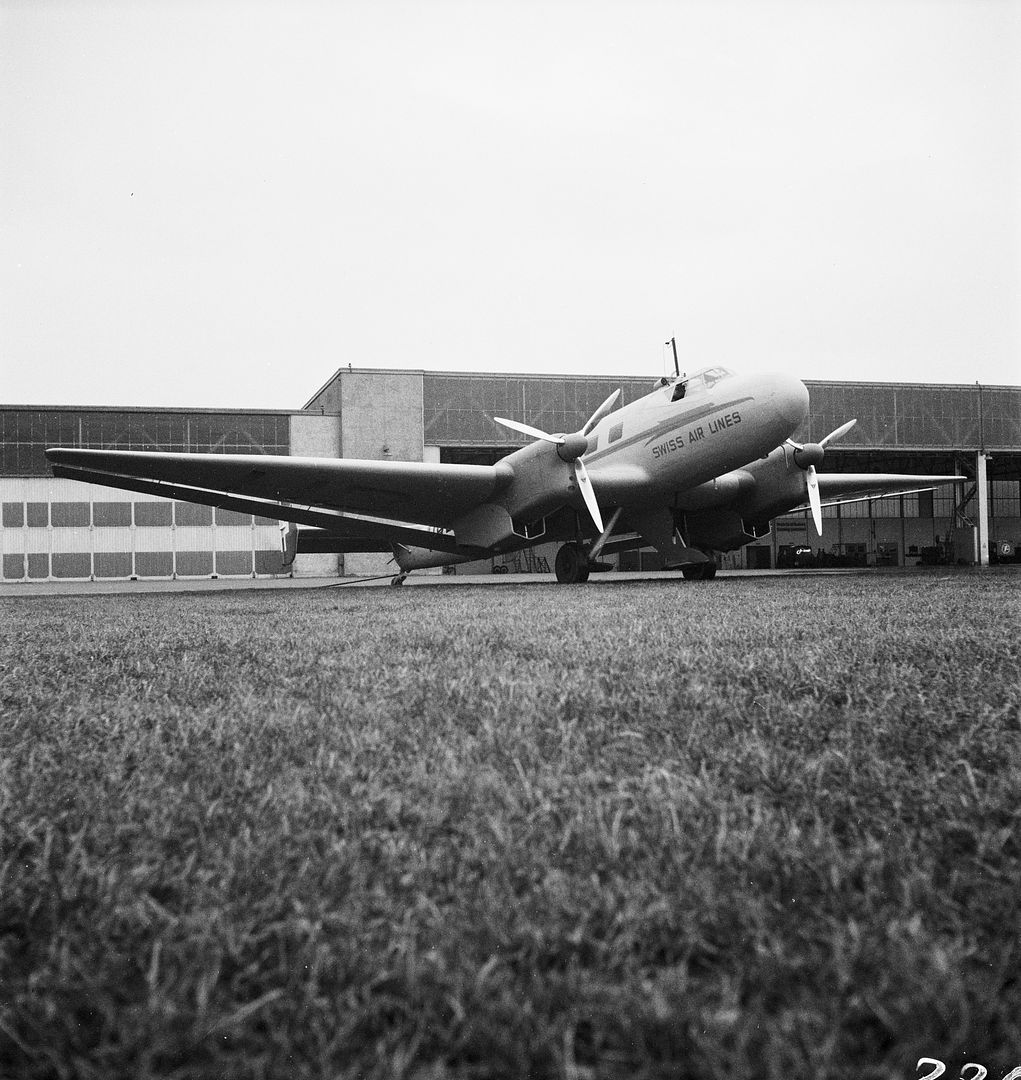


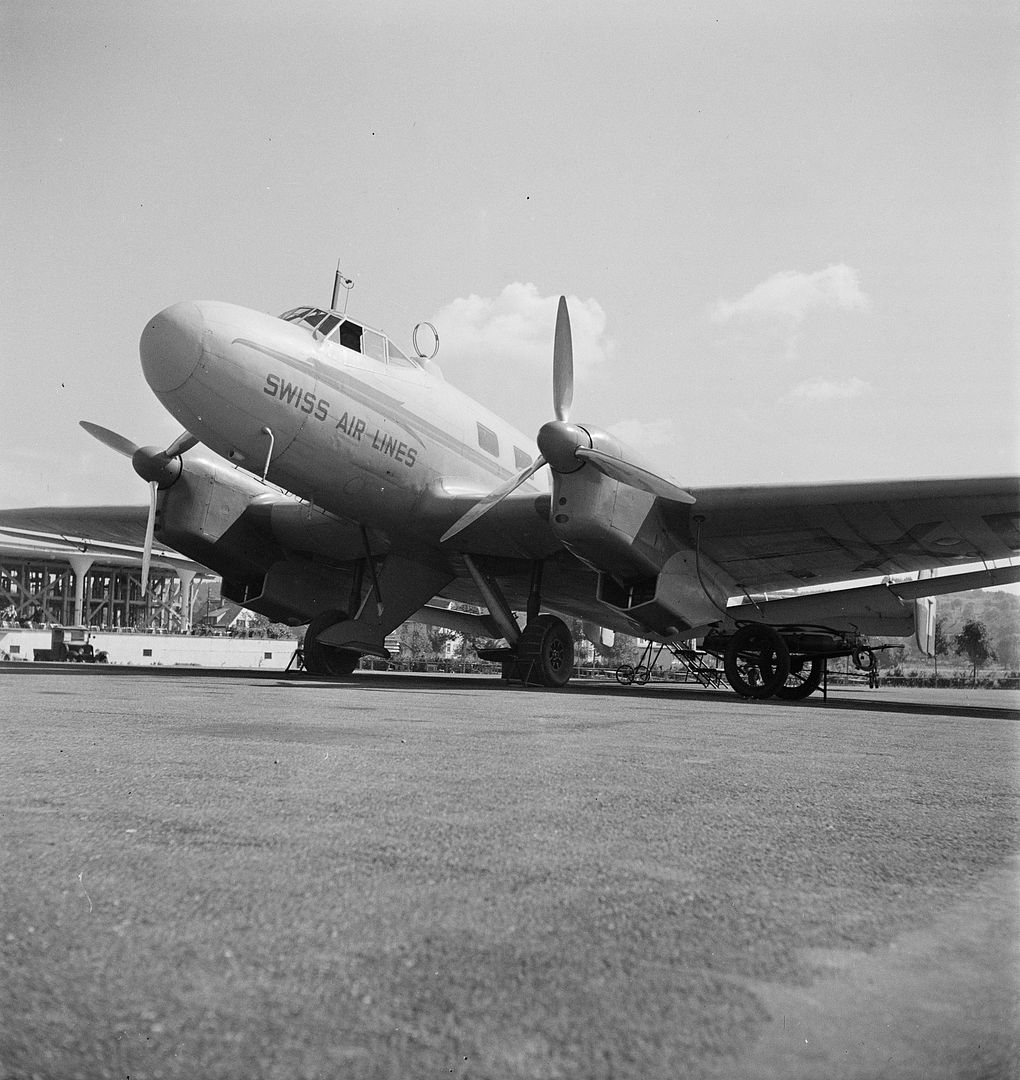
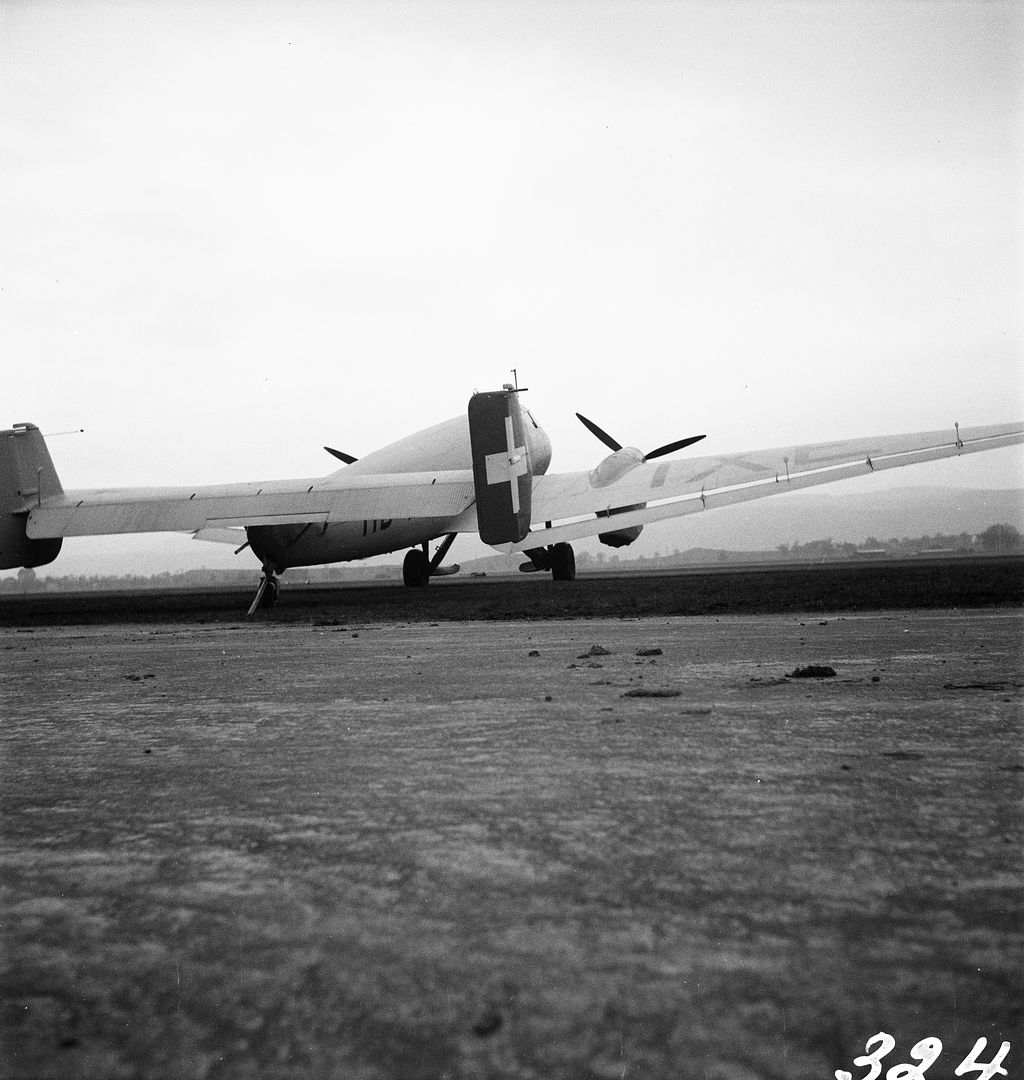

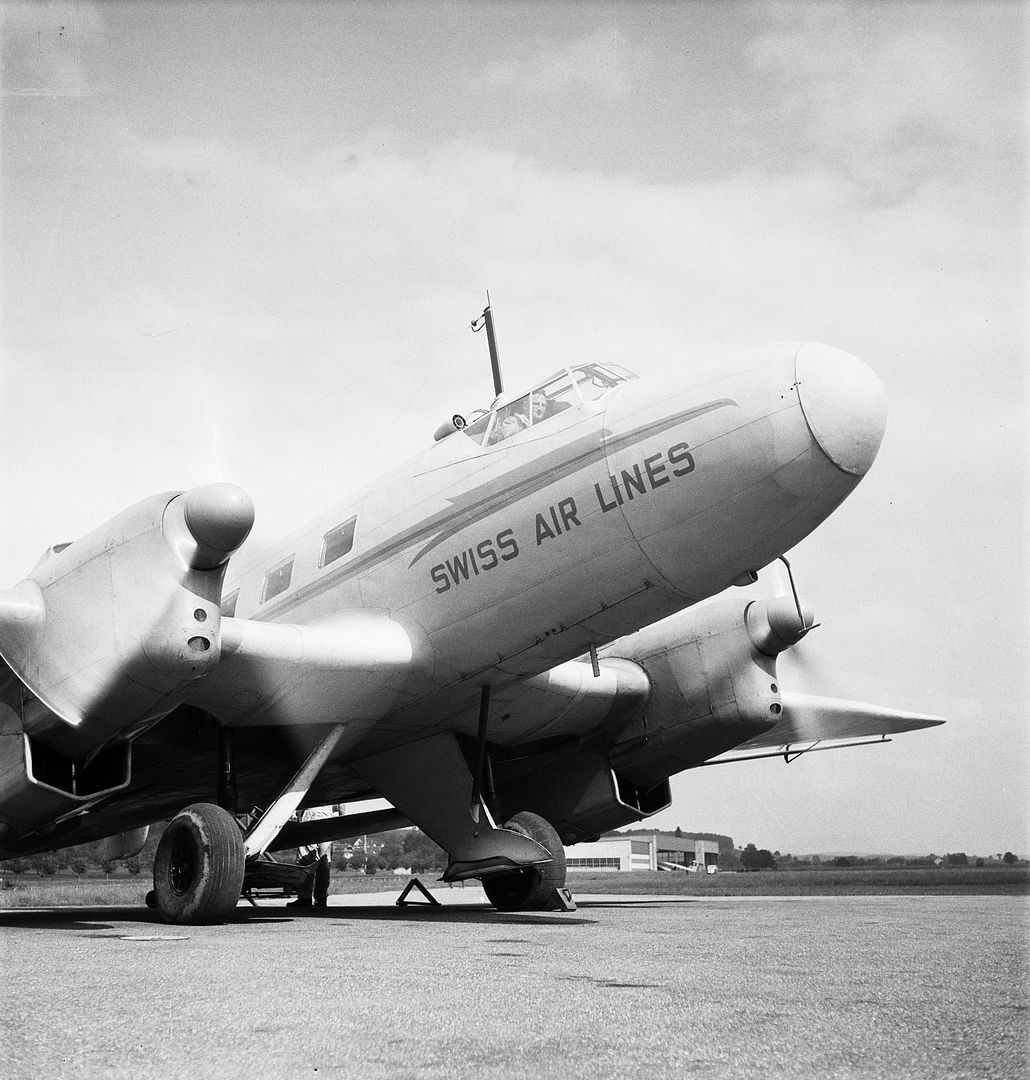
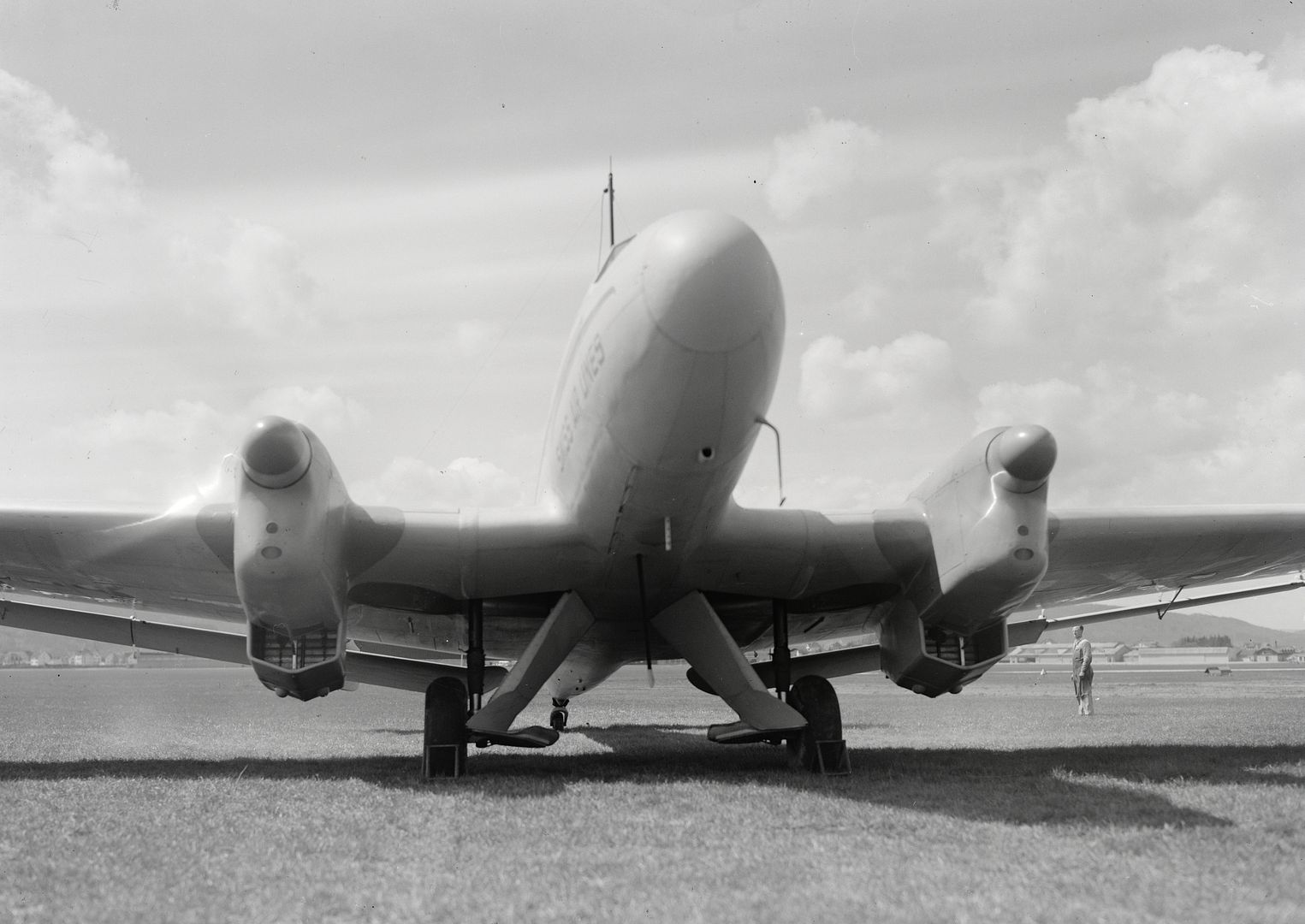

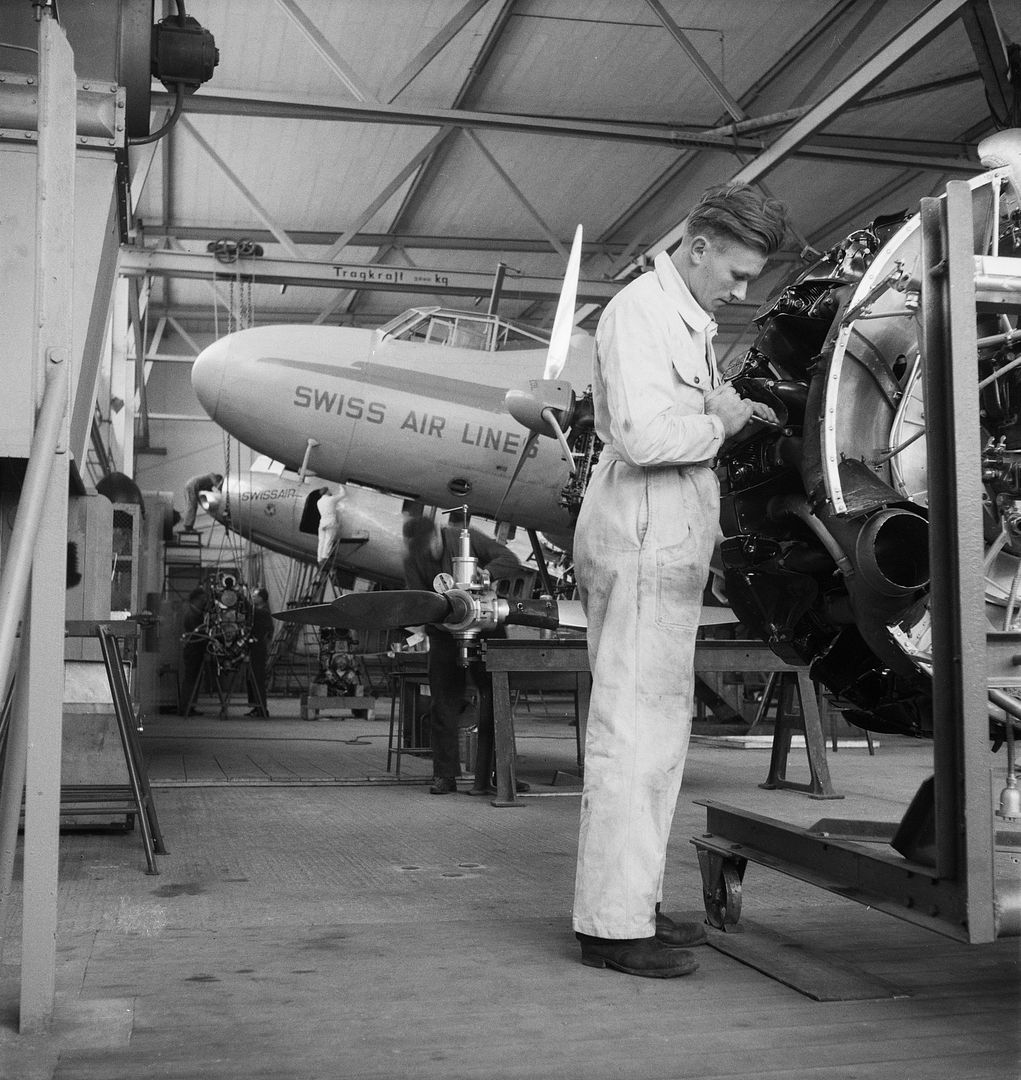
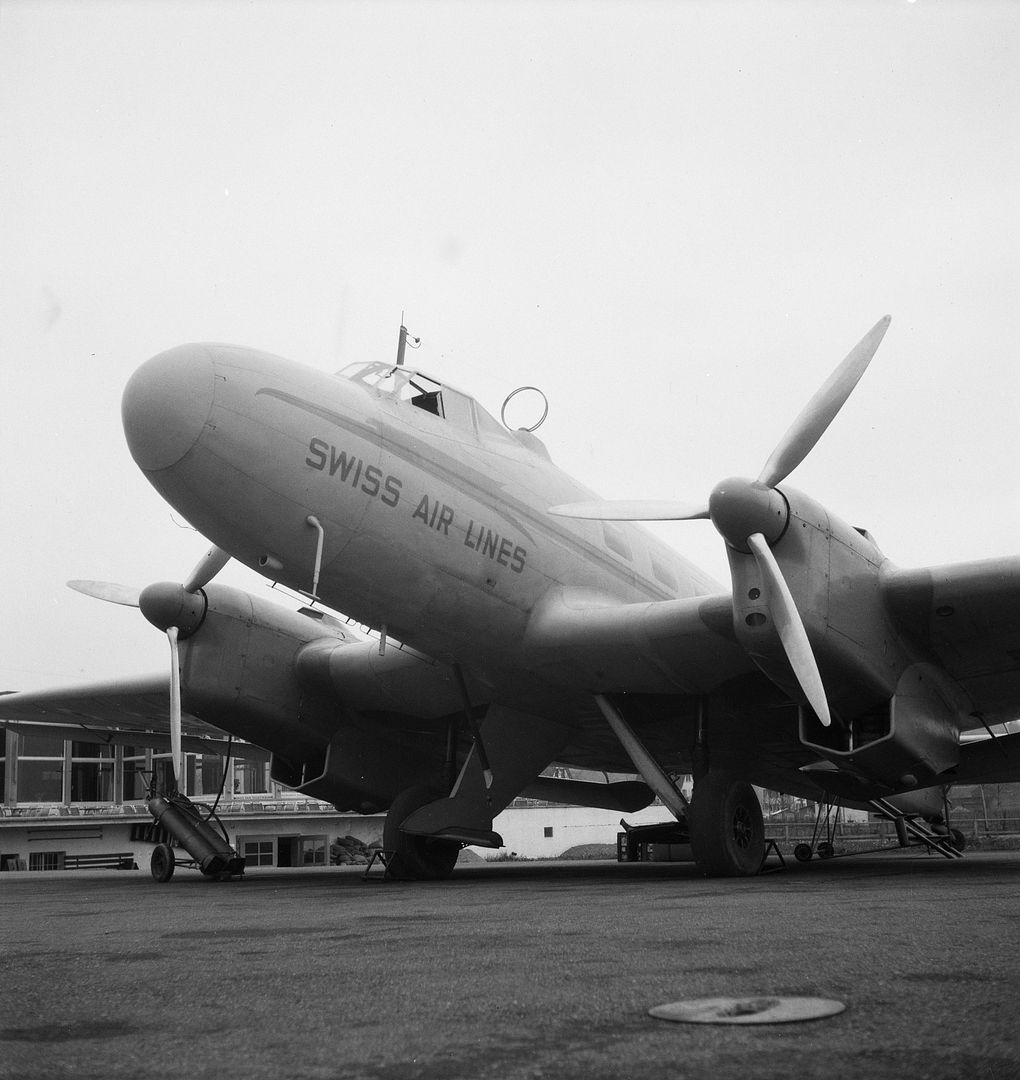

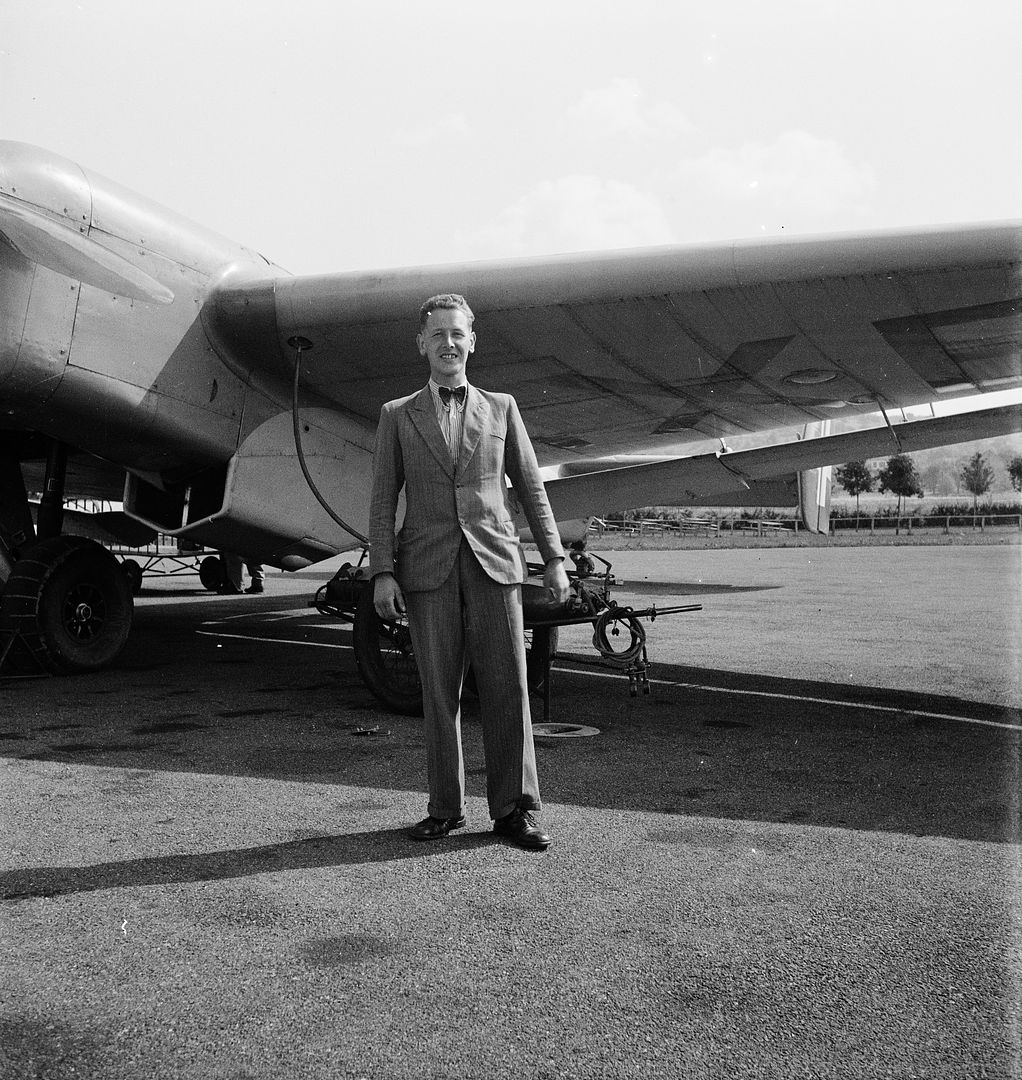
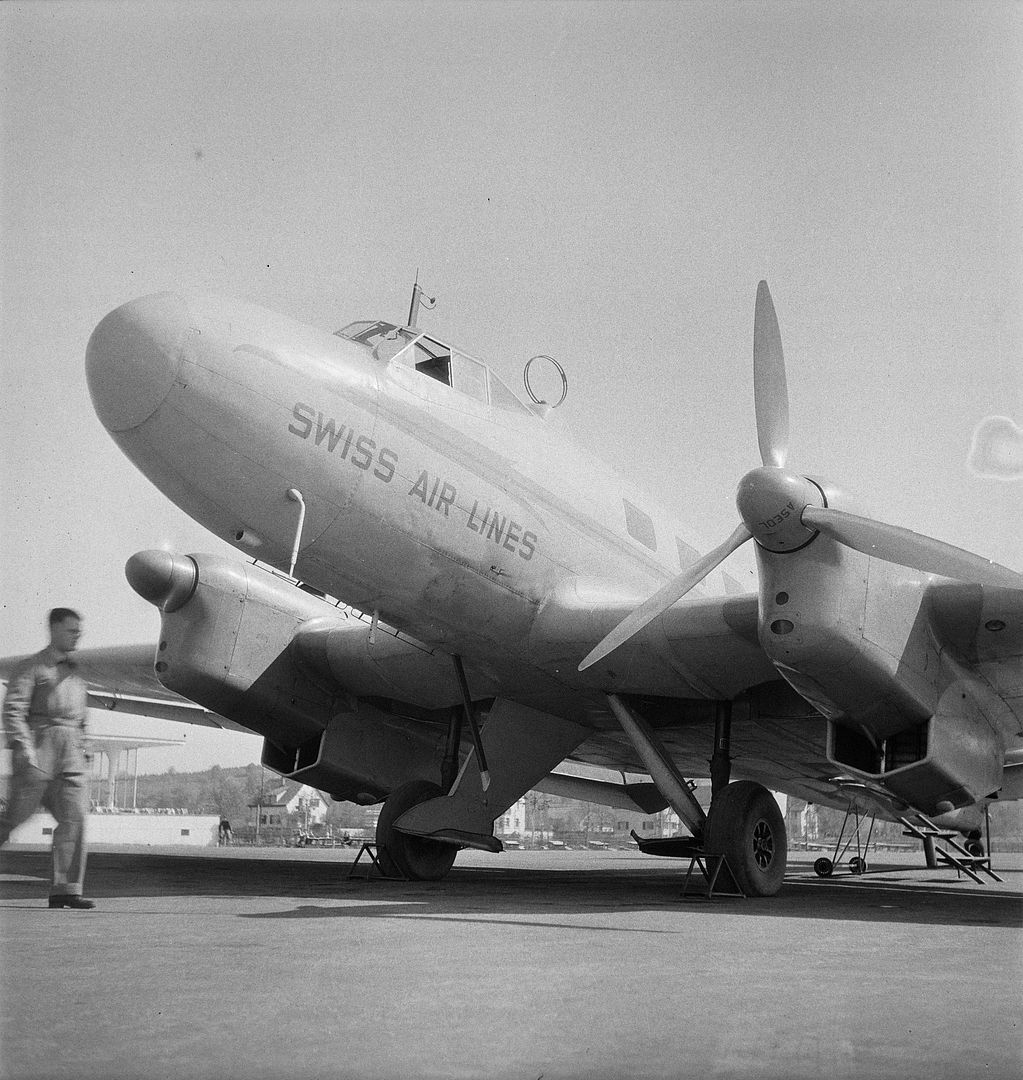
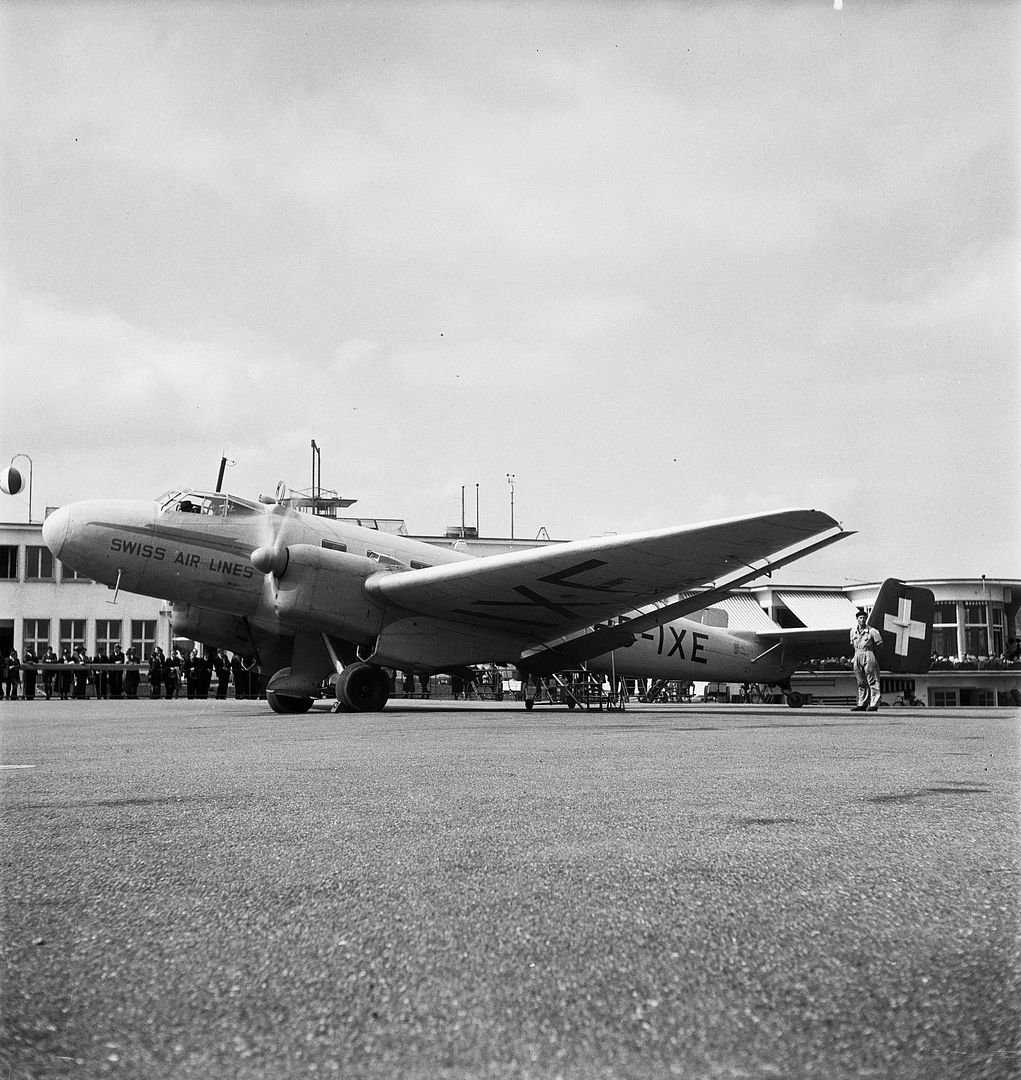
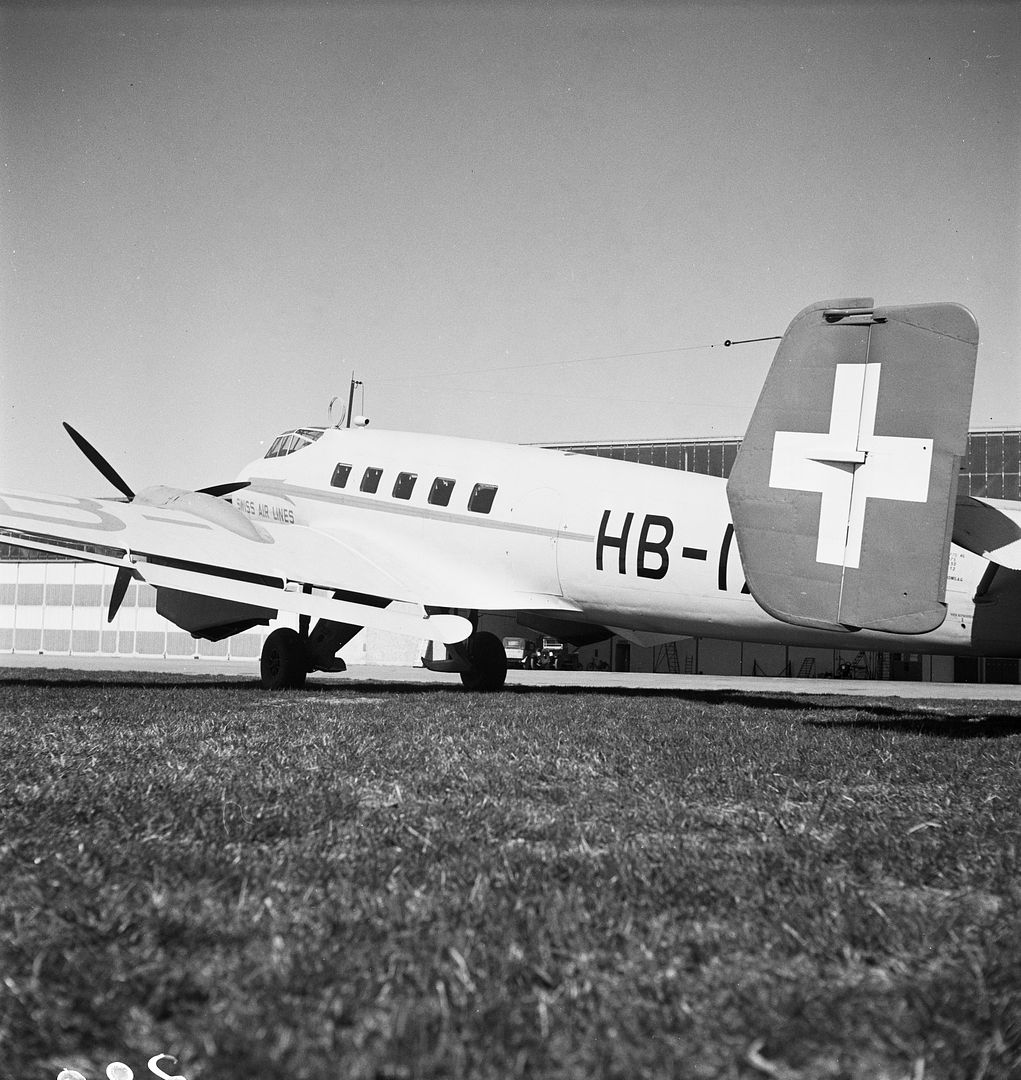
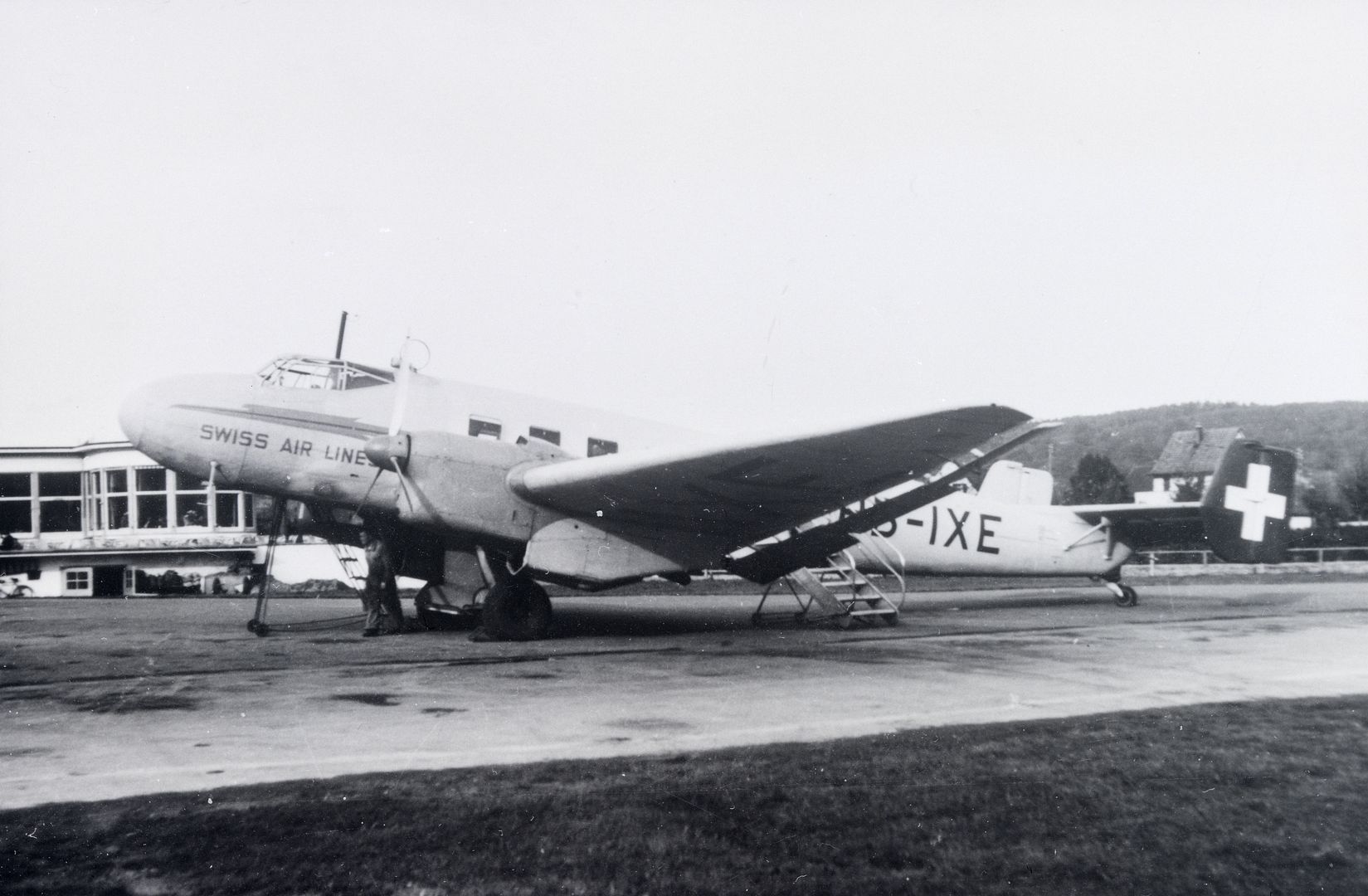
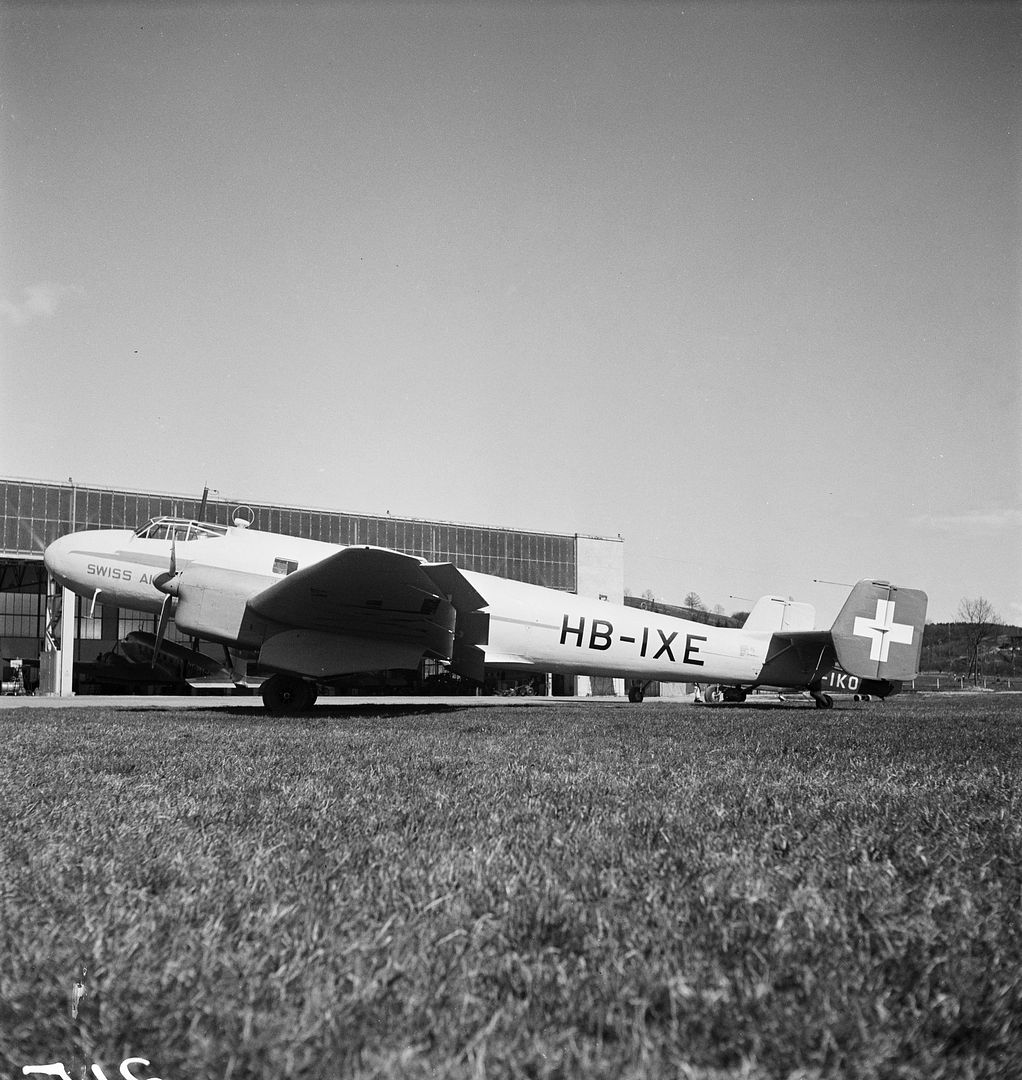
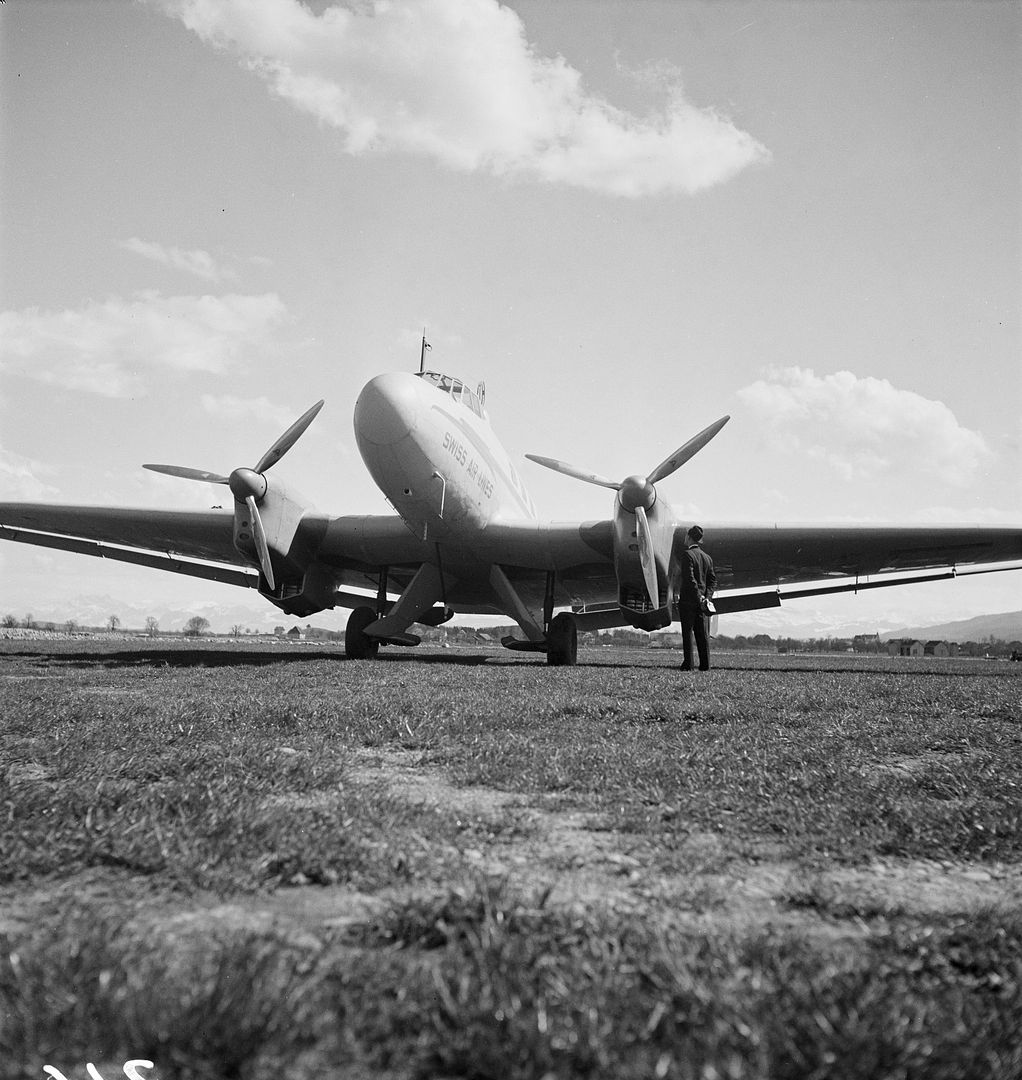
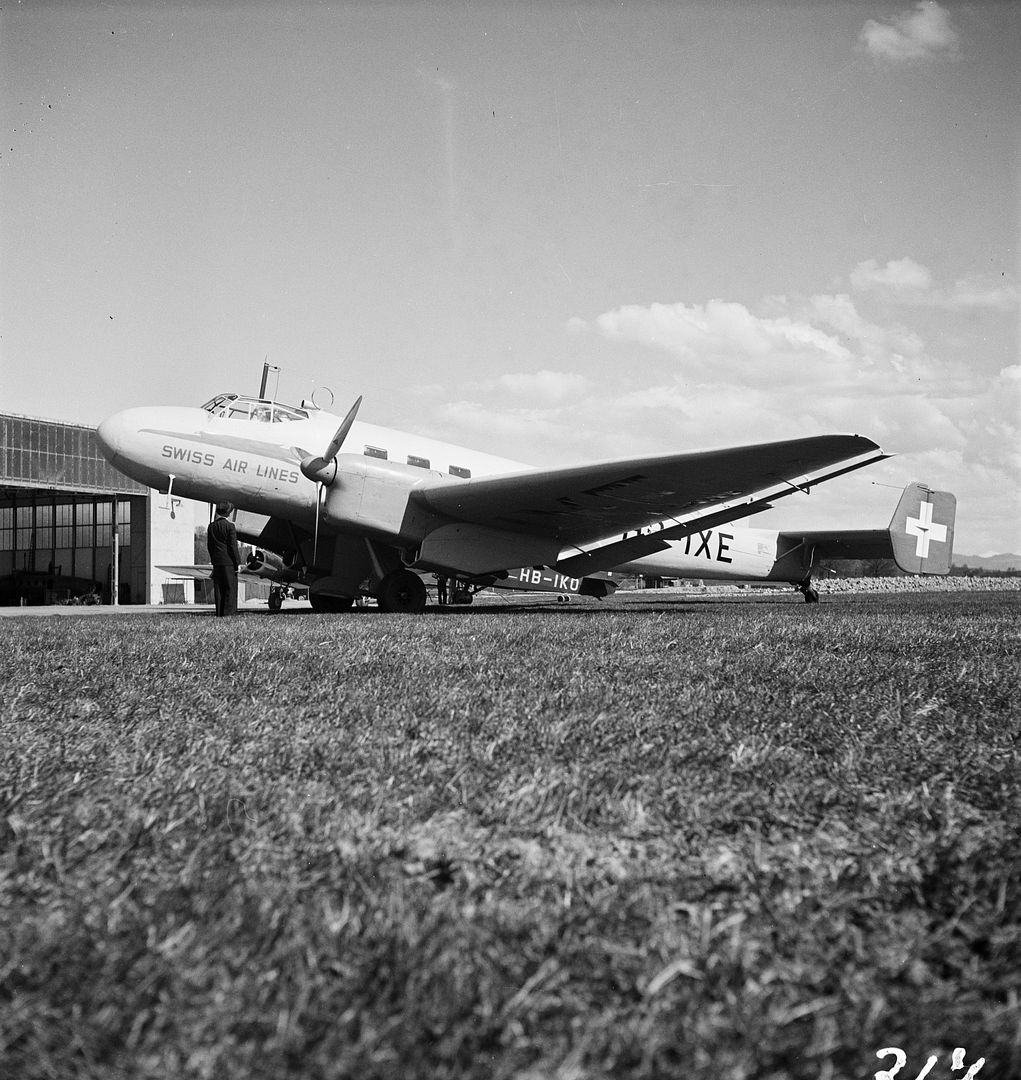
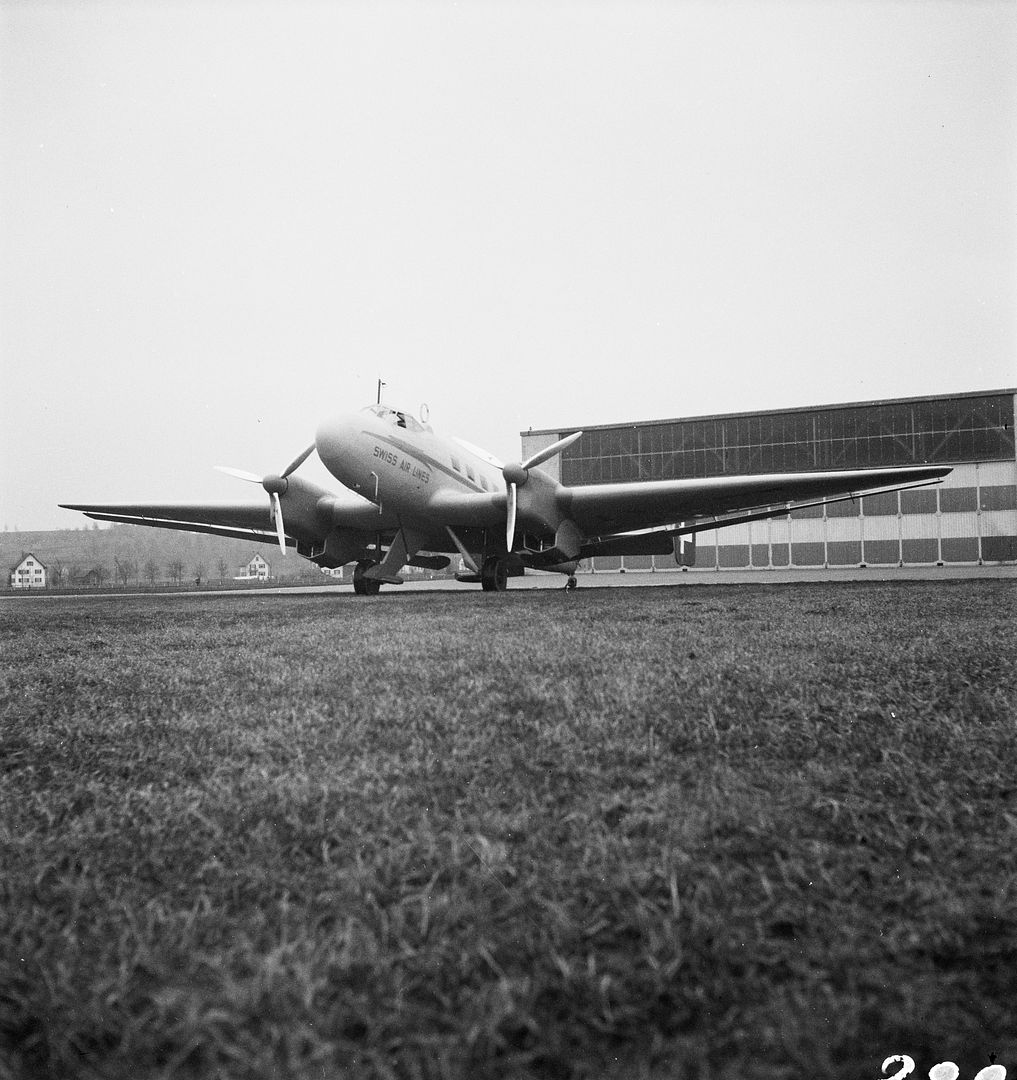
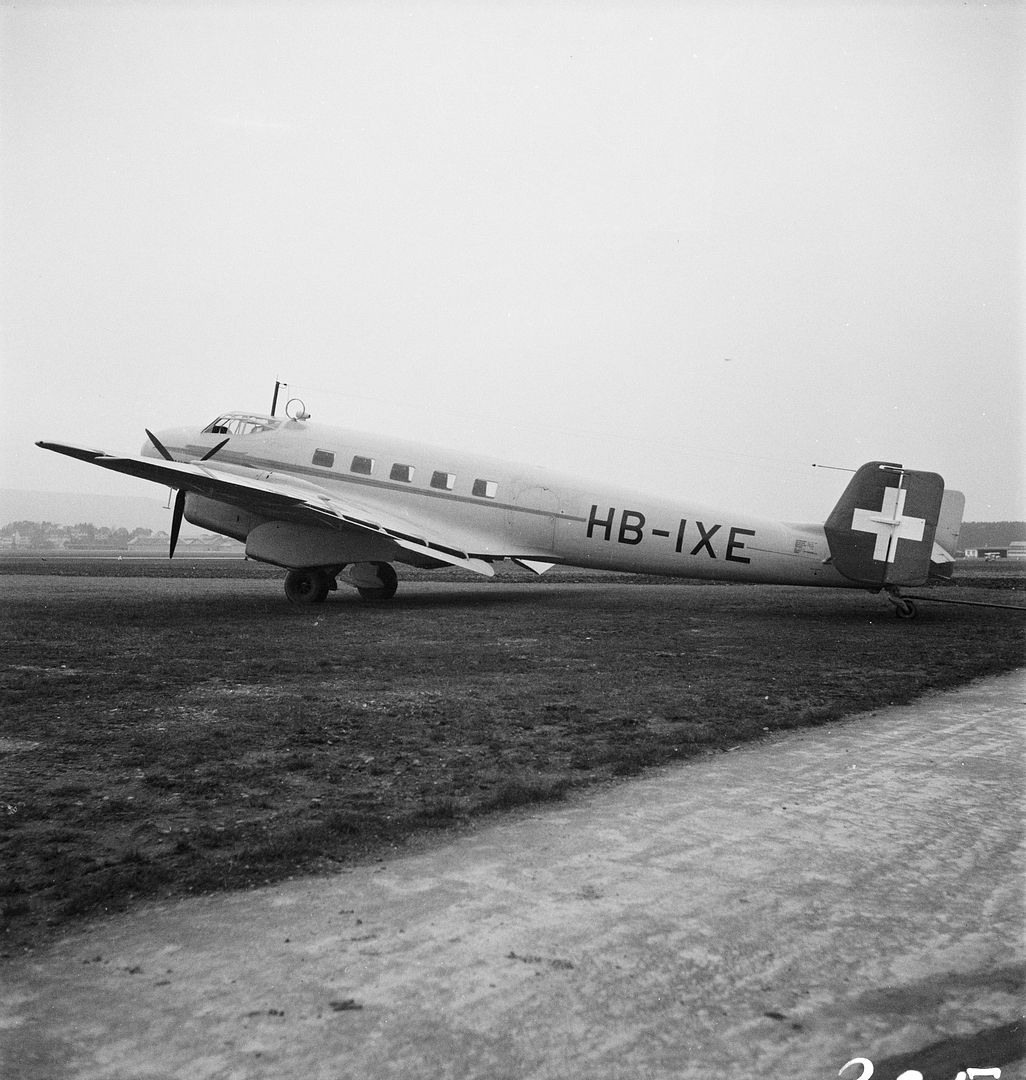
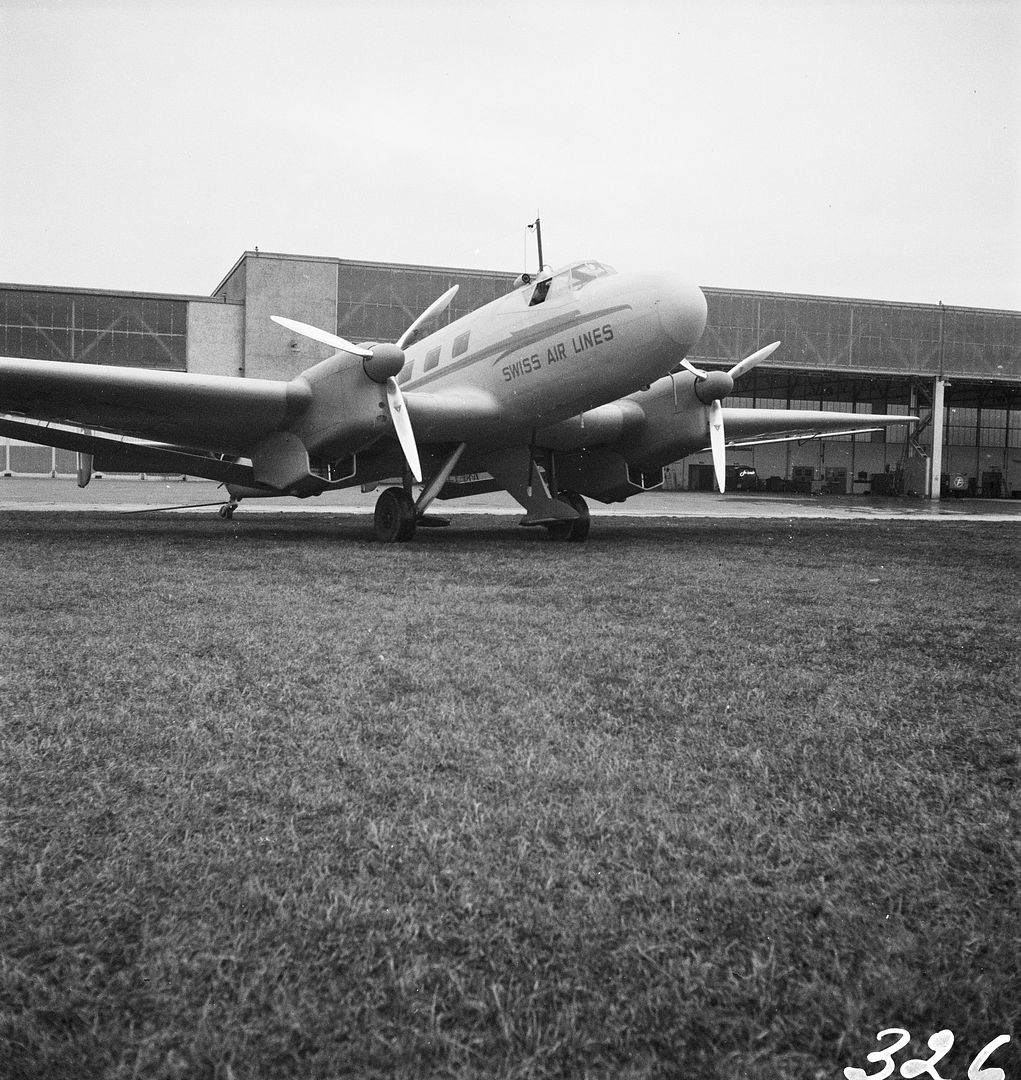
Below HB-IXA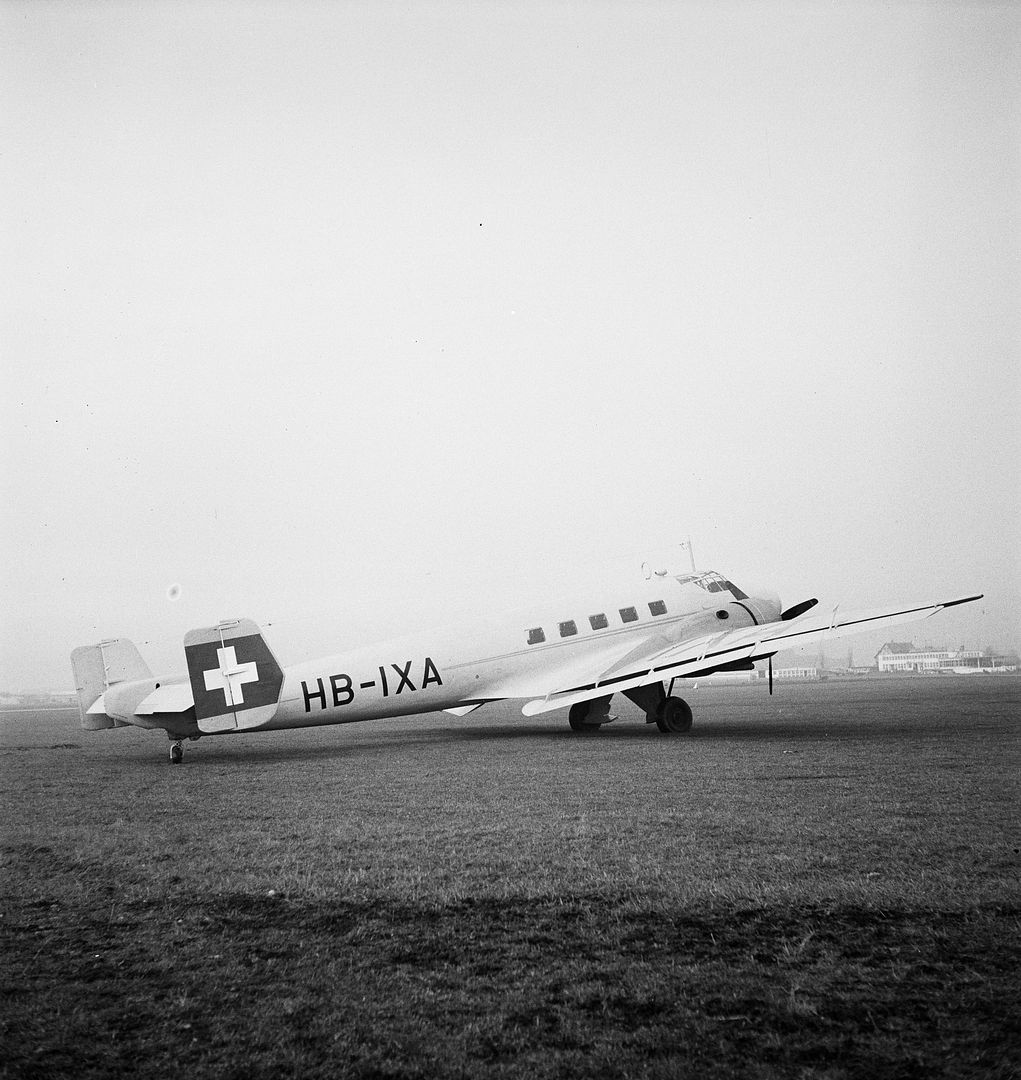
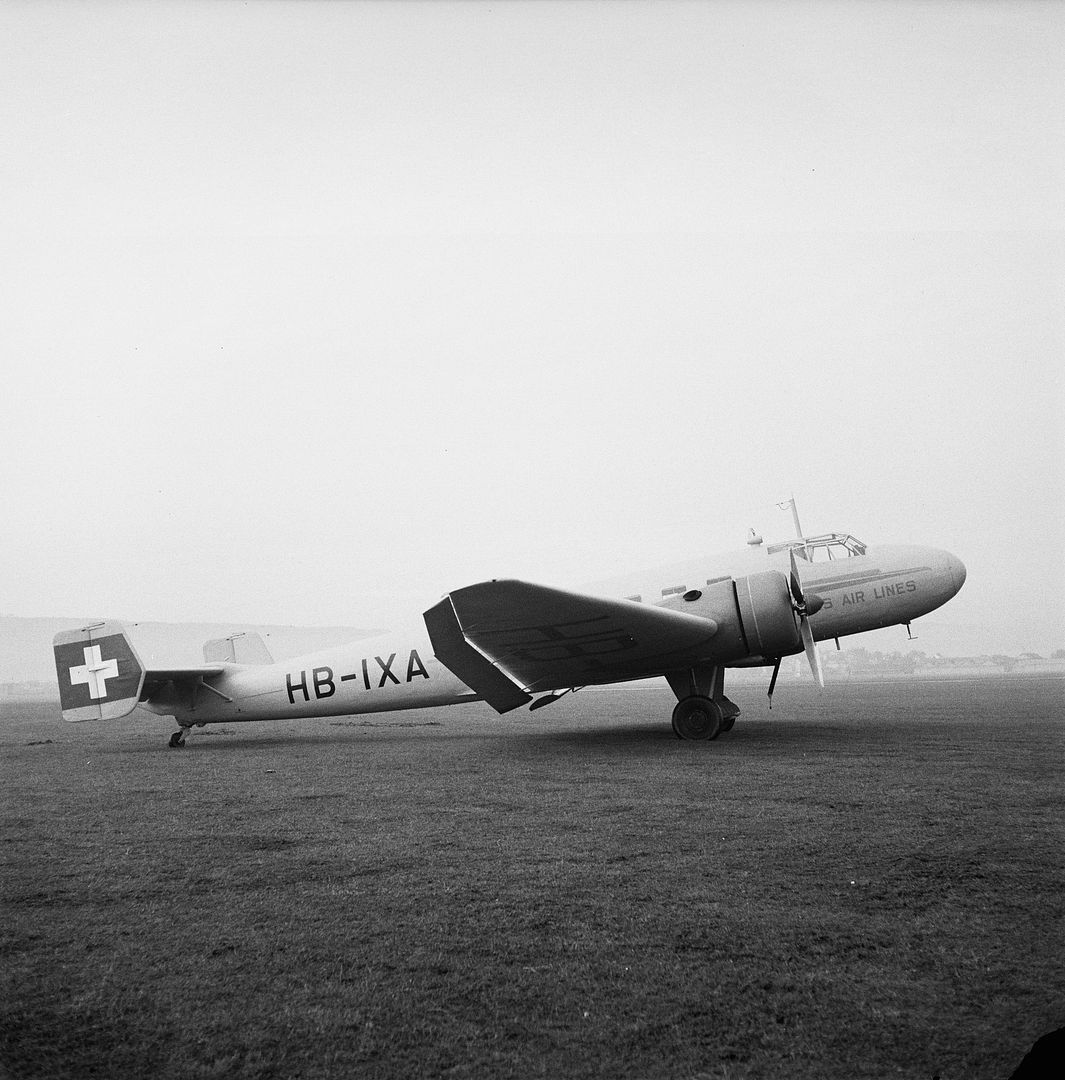
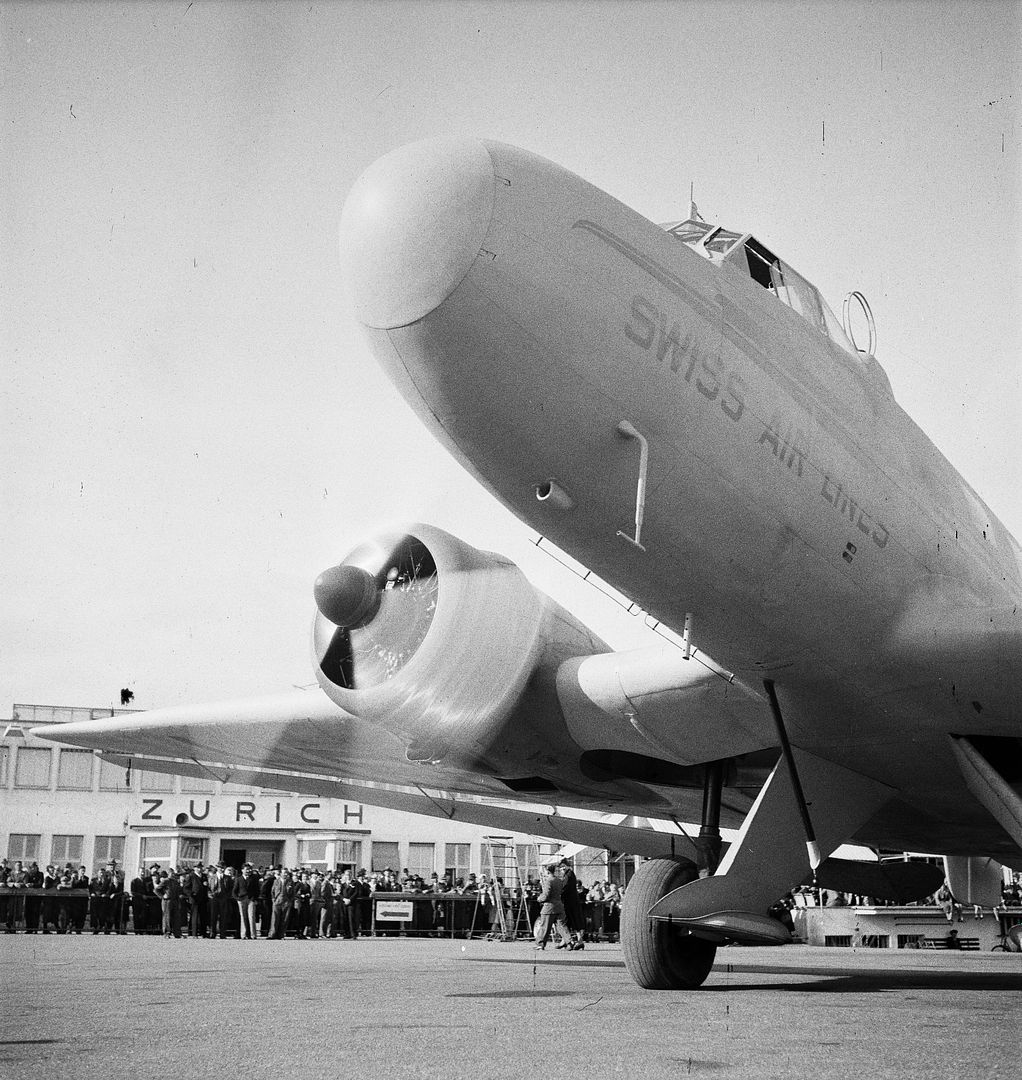

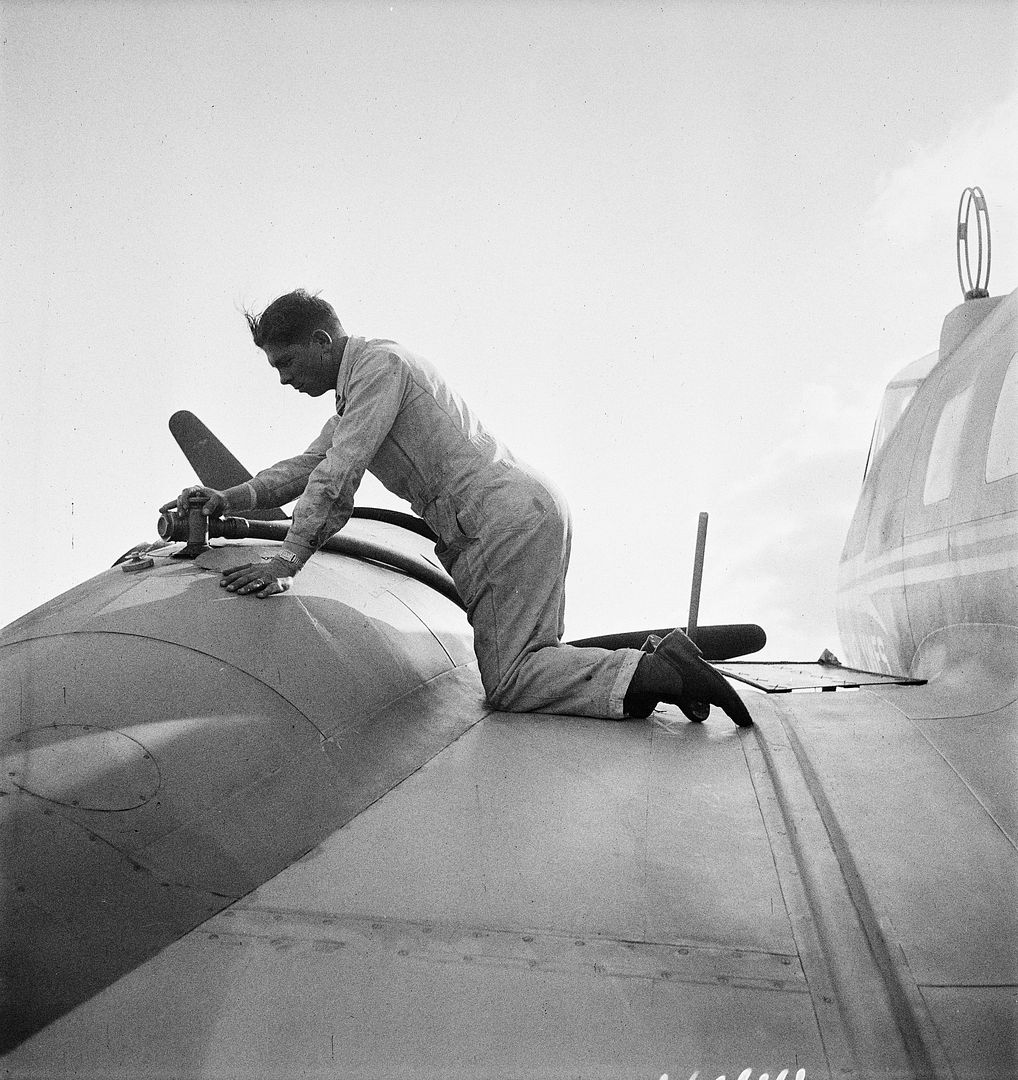

Below HB-IXI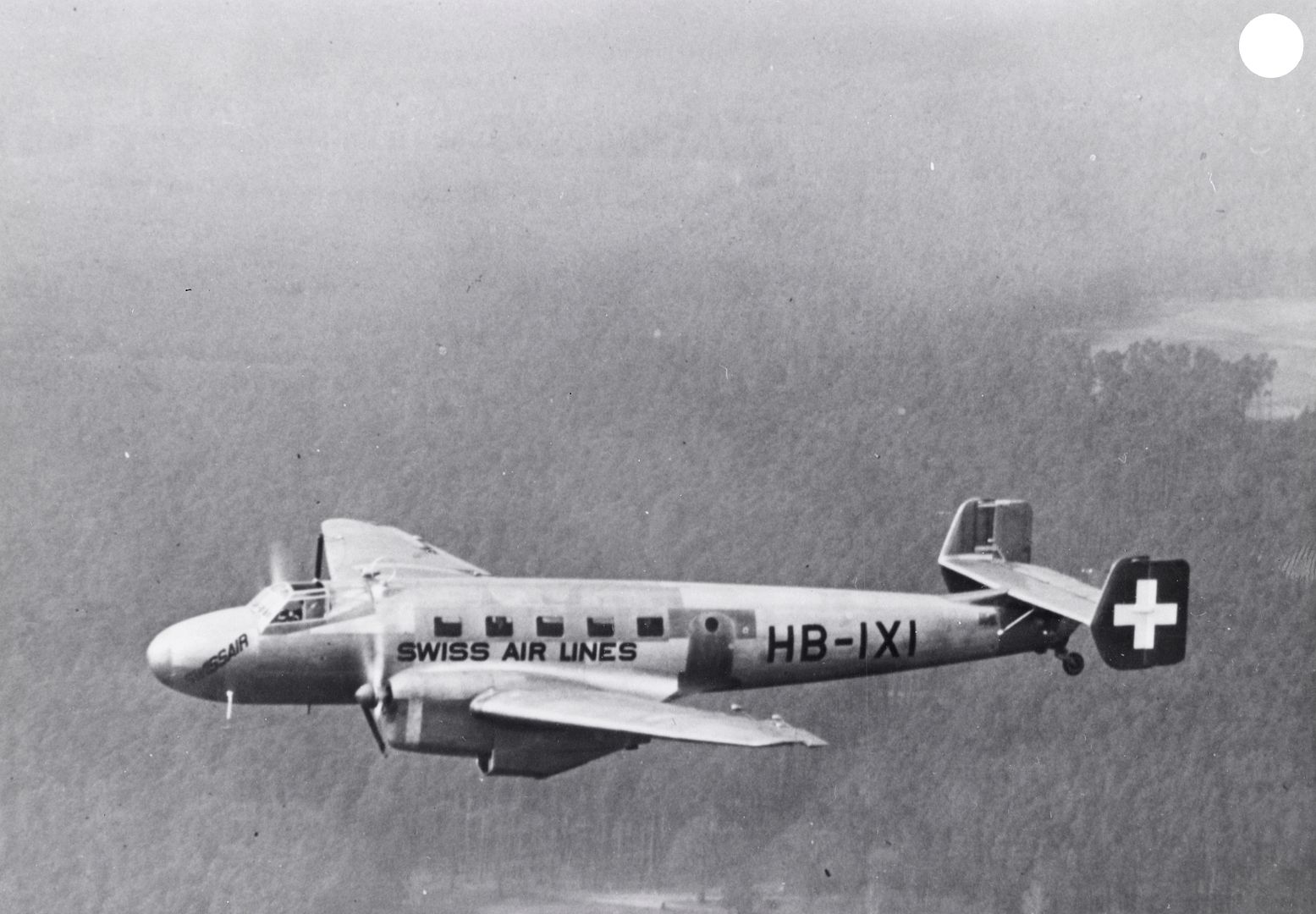
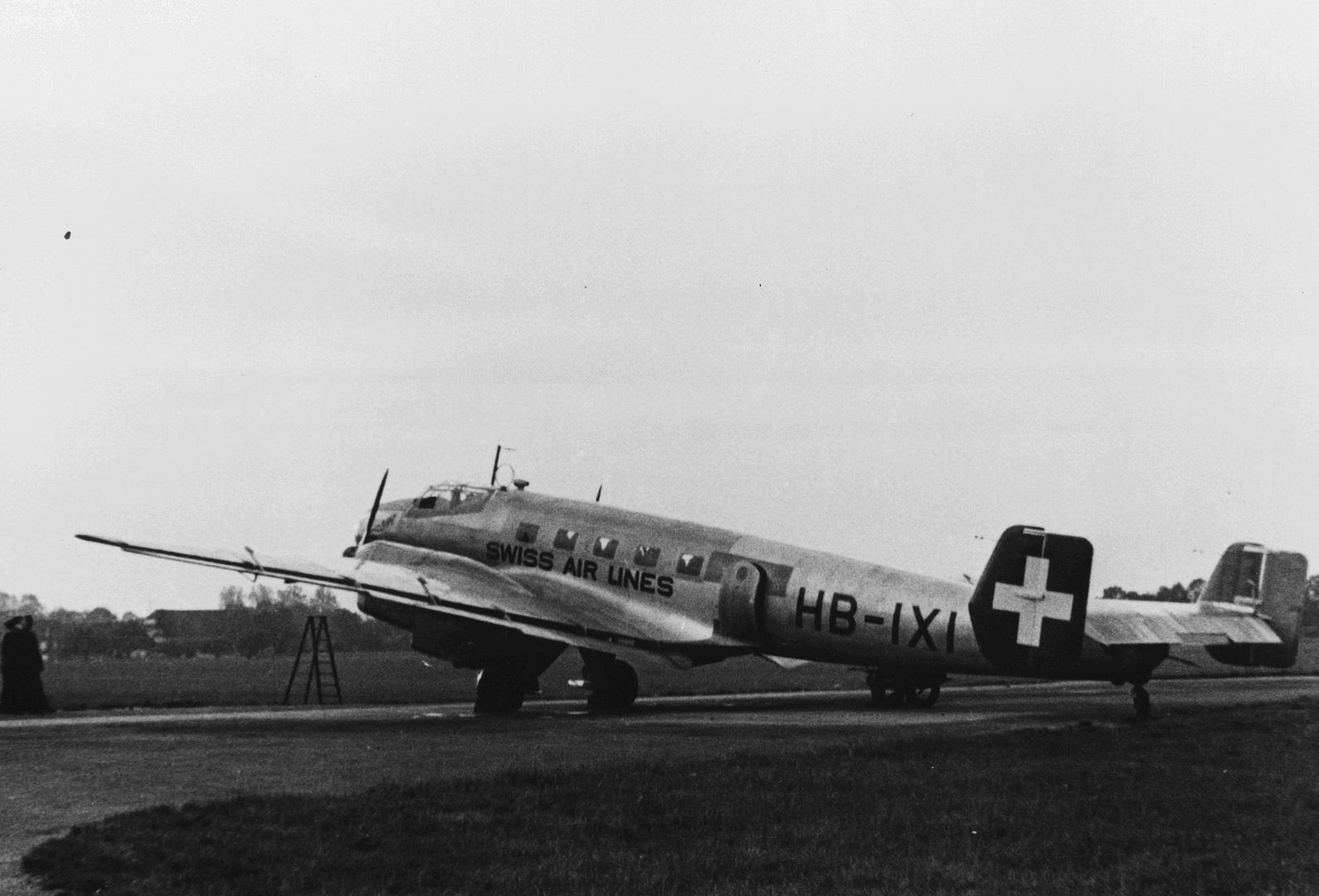
Below Lufthansa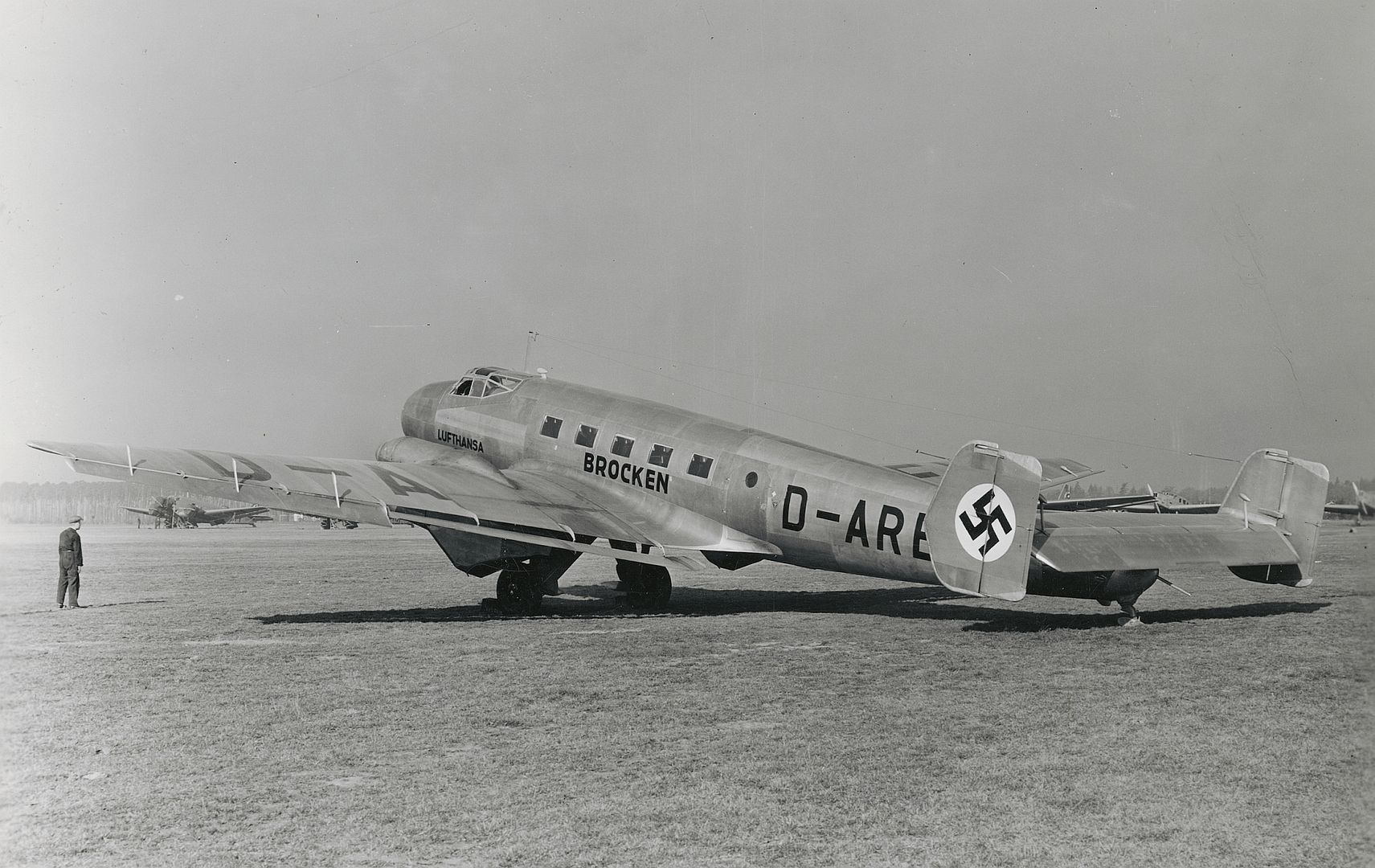

Below SAA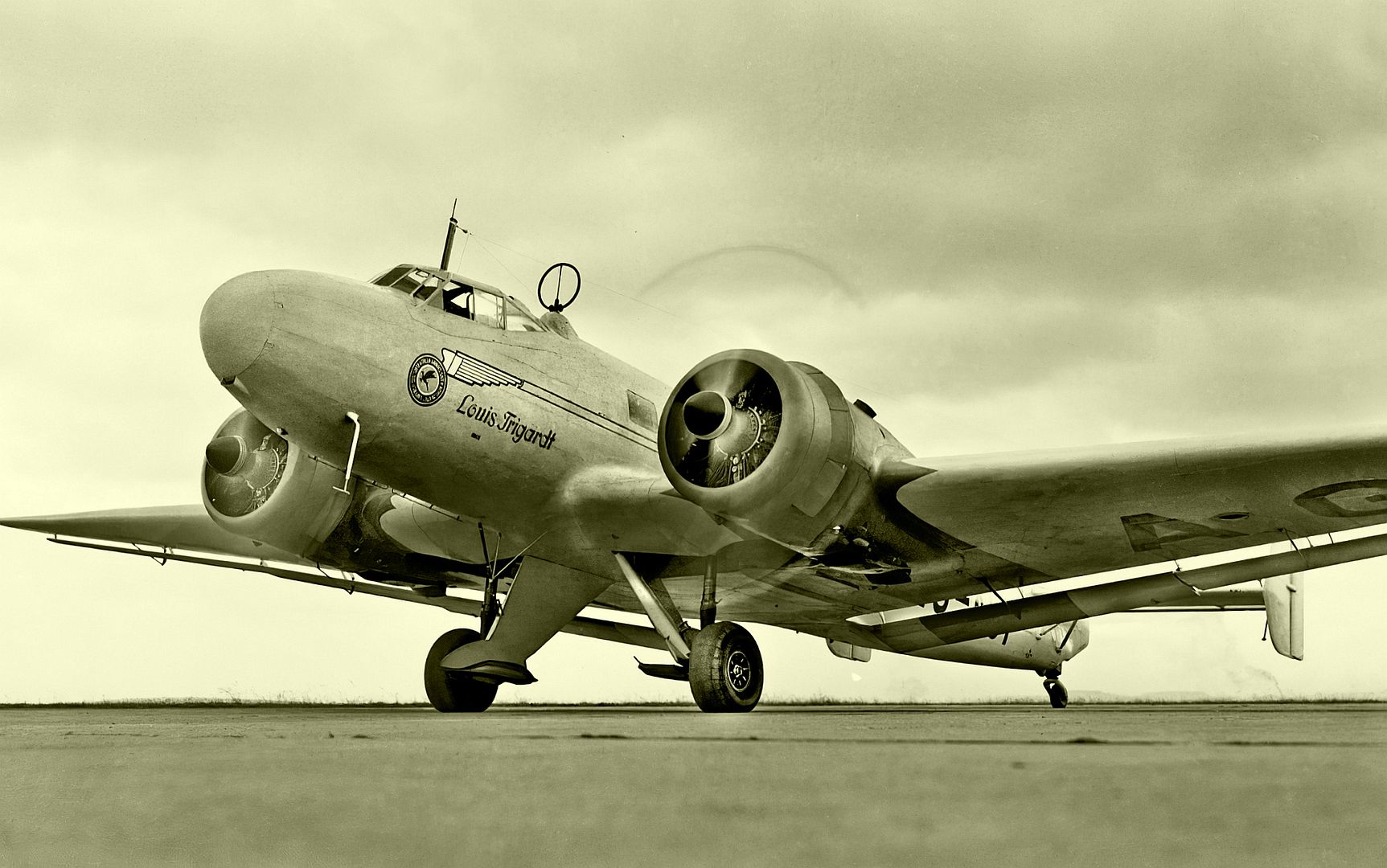
Specifications (Ju 86 R-2)
General characteristics
Crew: 2 (pilot and radio operator)
Length: 16.46 m (54 ft)
Wingspan: 32 m (105 ft)
Height: 4.7 m (15 ft 5 in)
Wing area: 97.5 m? (1,049 ft?)
Empty weight: 6,758 kg (14,900 lb)
Max. takeoff weight: 11,530 kg (25,420 lb)
Powerplant: 2 ? Junkers Jumo 207B-3 diesel engines, 746 kW (1,000 hp) each
Performance
Maximum speed: 420 km/h (261 mph) above 9,000 m (29,527 ft)
Range: 1,580 km (980 mi)
Service ceiling: 14,400 m (47,244 ft)
Rate of climb: 4.67 m/s (920 ft/min)
Armament
Guns:
1 x 7.92 mm (0.31 in) MG 17 machine gun remotely controlled in rear fuselage, firing aft.
Bombs: Up to 1,000 kilograms (2,200 lb) of ordnance in four internal ESAC 250 bays rated at 250 kg (550 lb) each
4 ? 250 kg (551 lb) (1,000 kg/2,204 lb total)
16 ? 50 kg (110 lb) (800 kg/1,764 lb total)
64 ? 10 kg (22 lb) (640 kg/1,410 lb total)
Post a reply
- Go to Previous topic
- Go to Next topic
- Go to Welcome
- Go to Introduce Yourself
- Go to General Discussion
- Go to Screenshots, Images and Videos
- Go to Off topic
- Go to Works in Progress
- Go to Skinning Tips / Tutorials
- Go to Skin Requests
- Go to IJAAF Library
- Go to Luftwaffe Library
- Go to RAF Library
- Go to USAAF / USN Library
- Go to Misc Library
- Go to The Ops Room
- Go to Made in Germany
- Go to Campaigns and Missions
- Go to Works in Progress
- Go to Juri's Air-Raid Shelter
- Go to Campaigns and Missions
- Go to Works in Progress
- Go to Skinpacks
- Go to External Projects Discussion
- Go to Books & Resources
